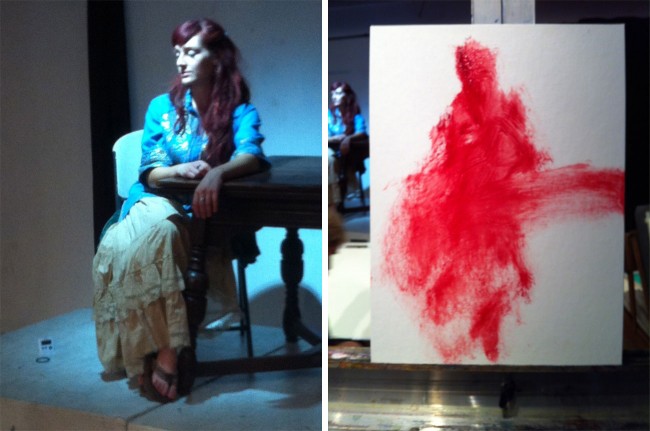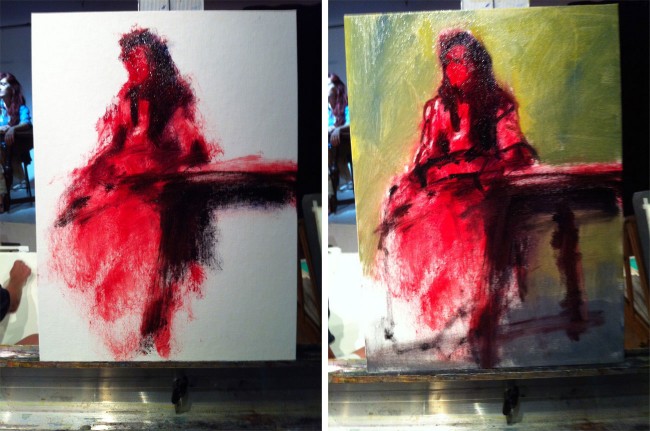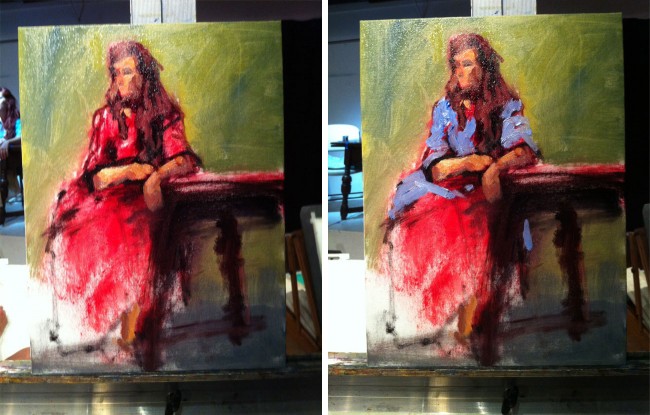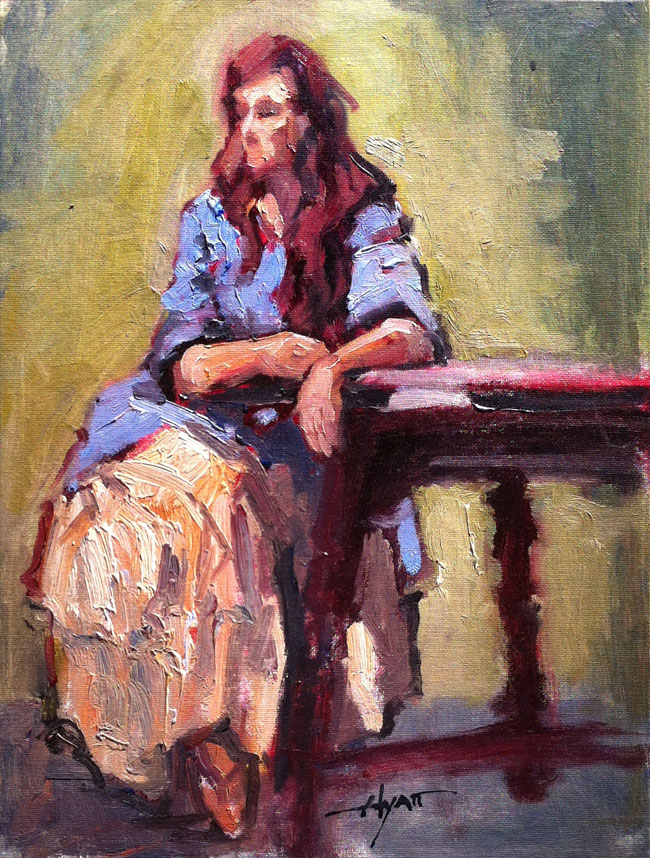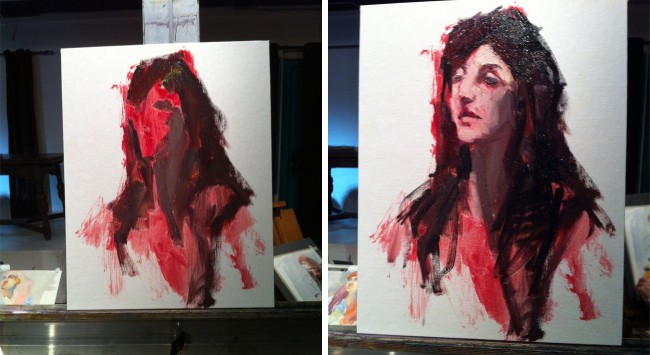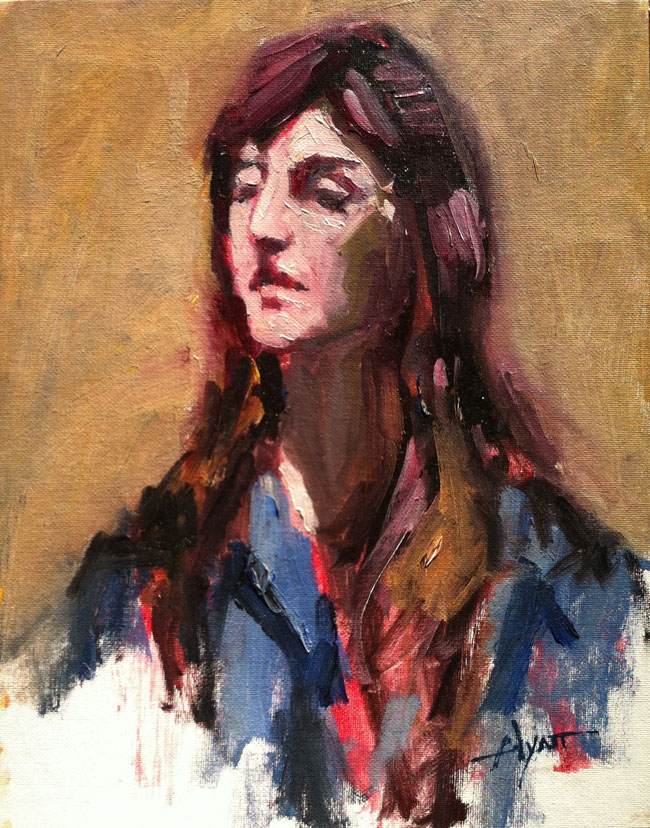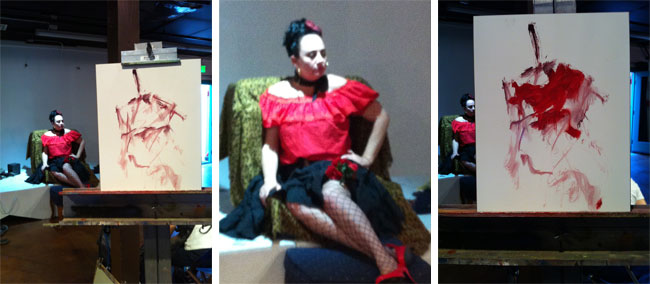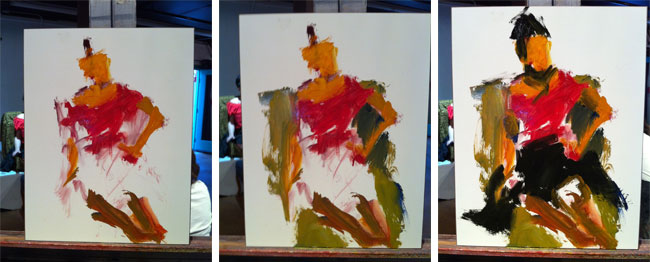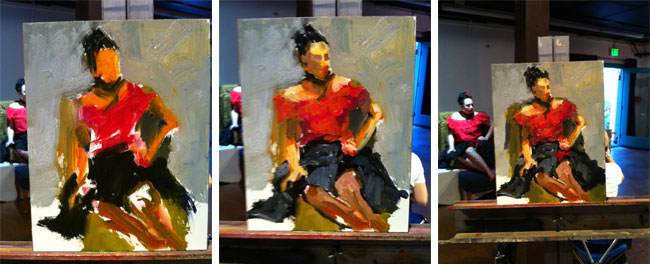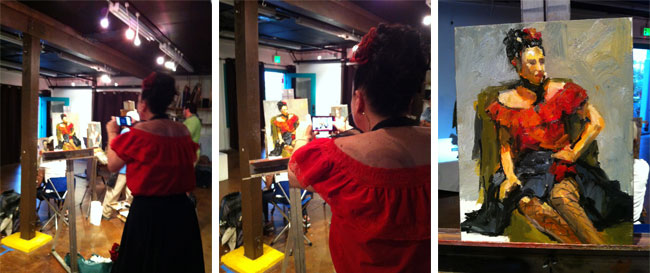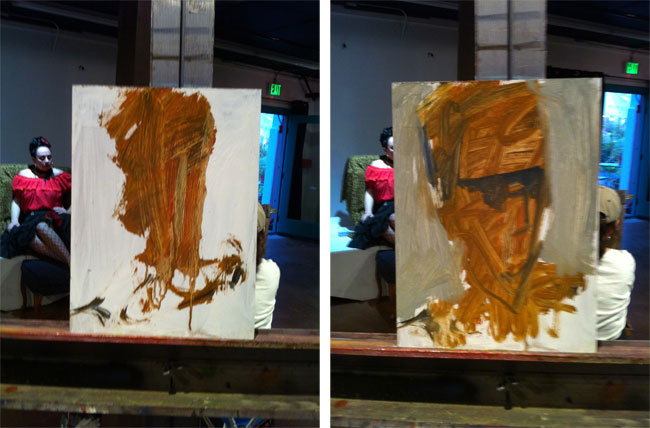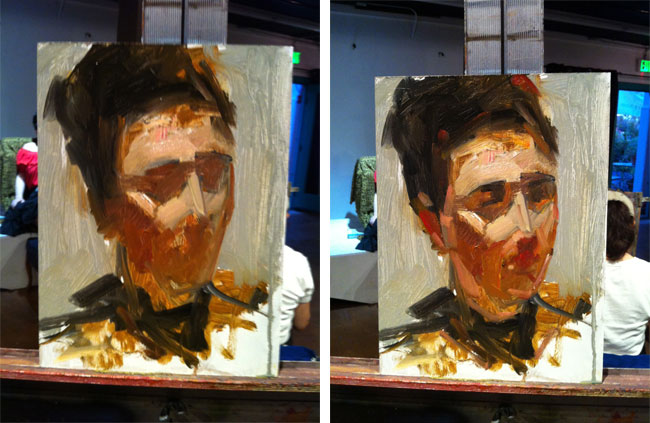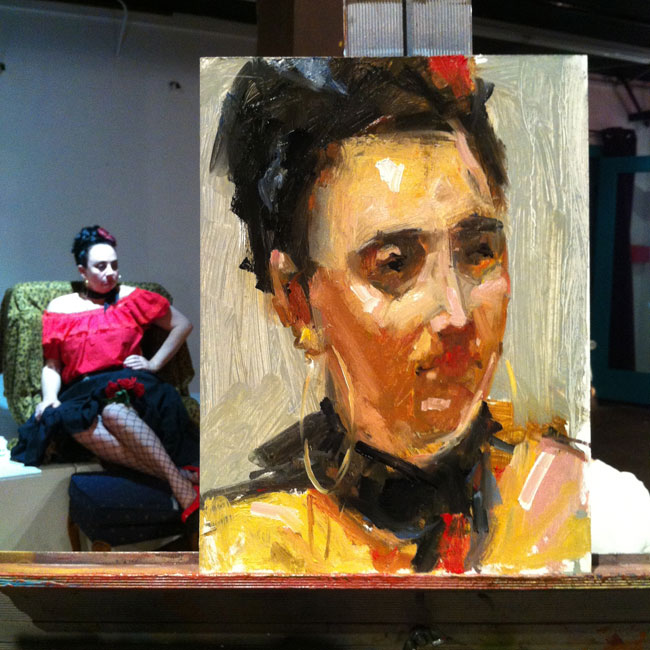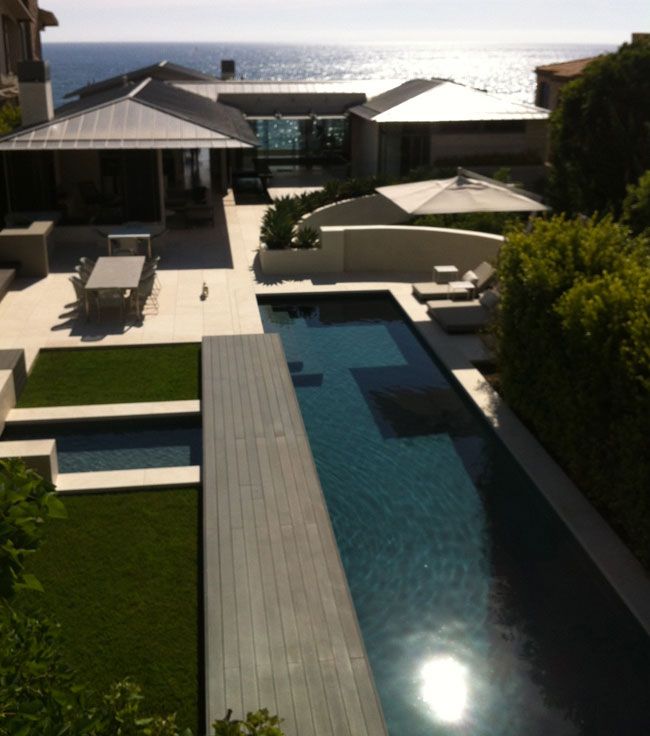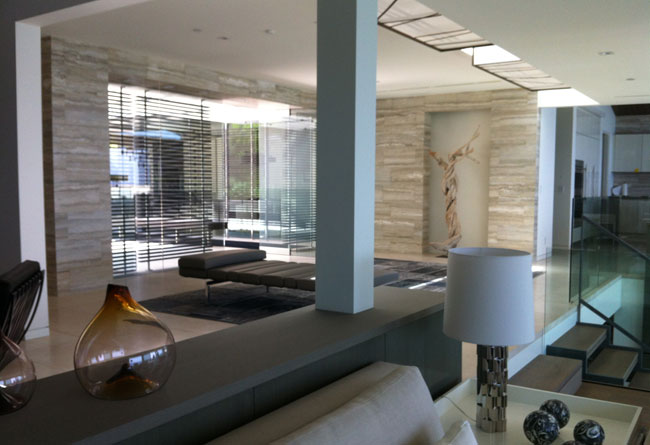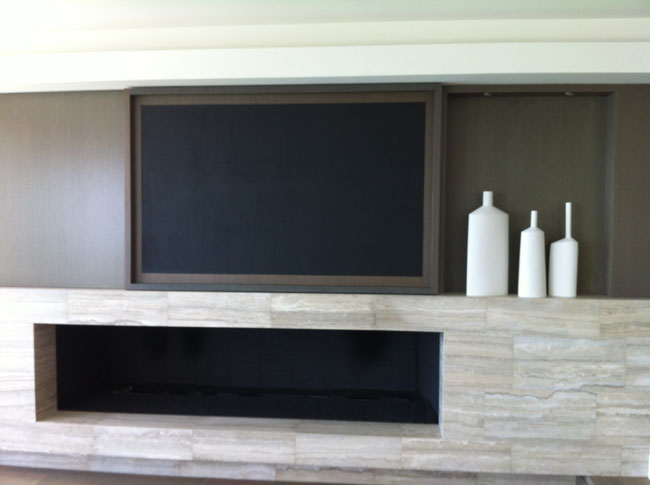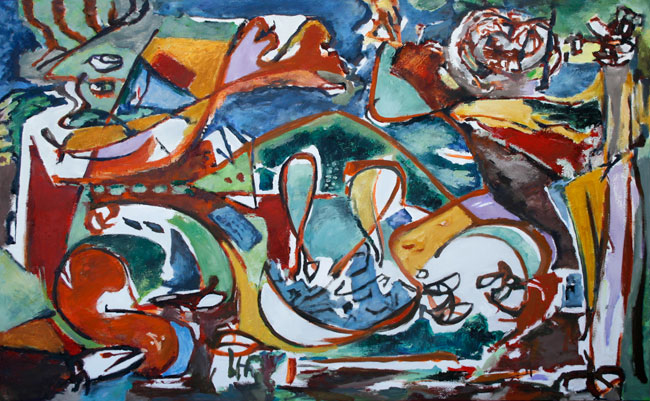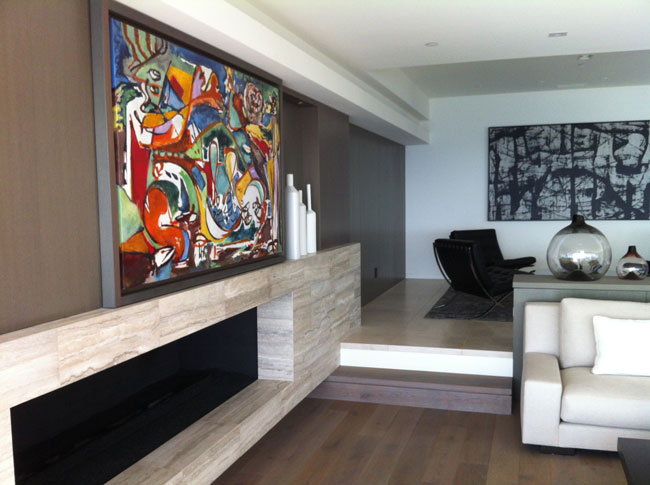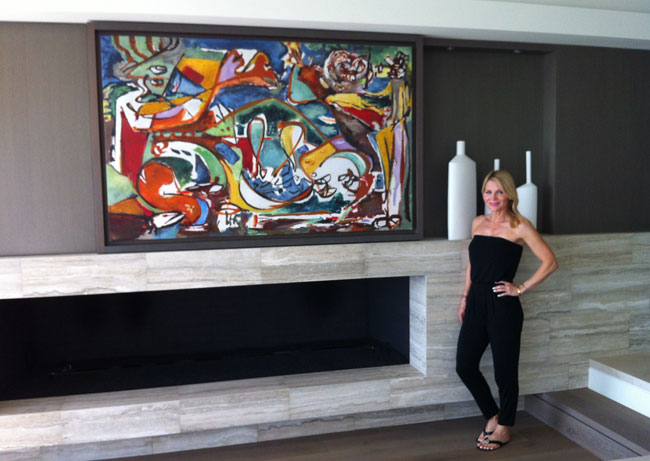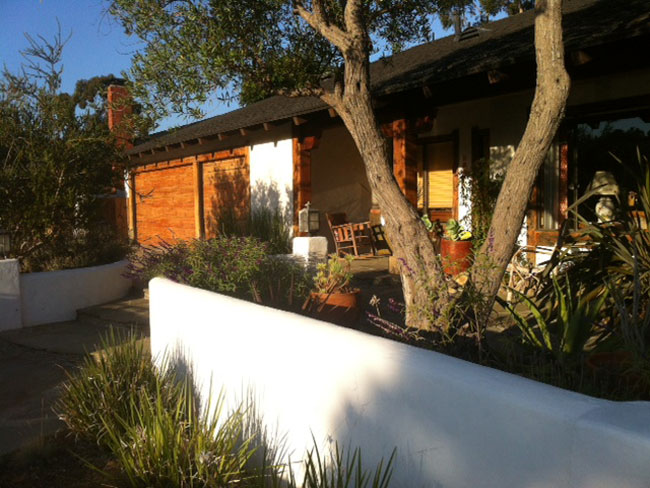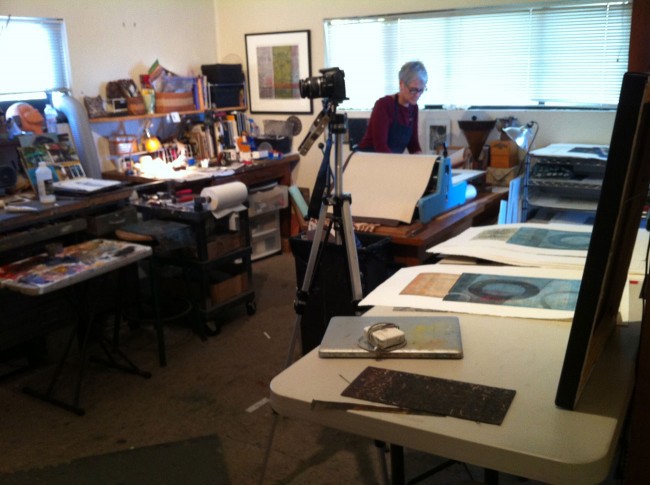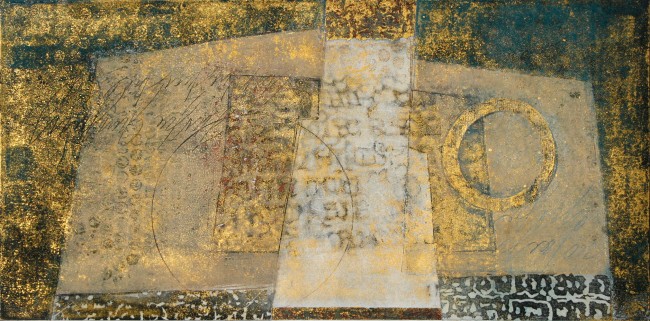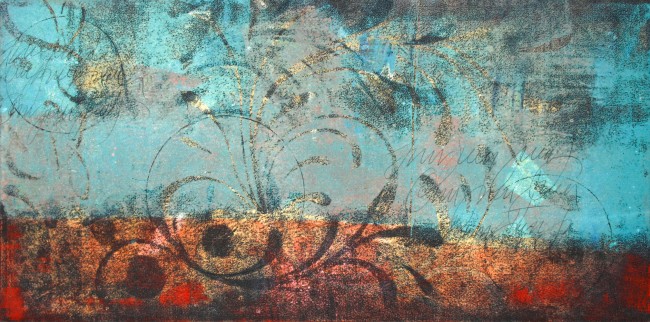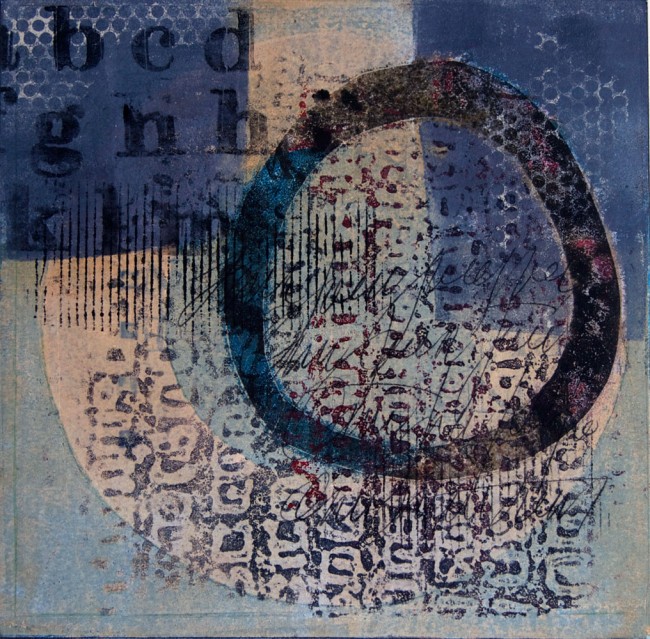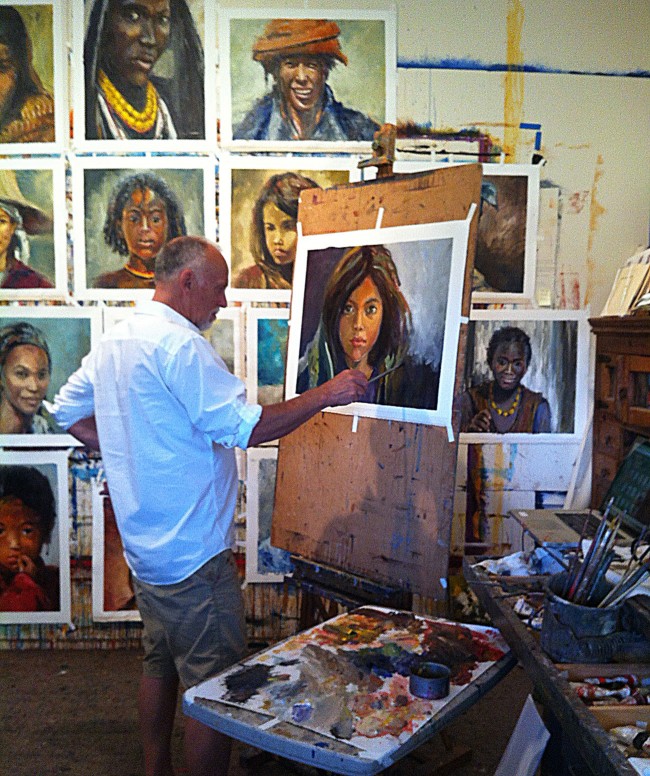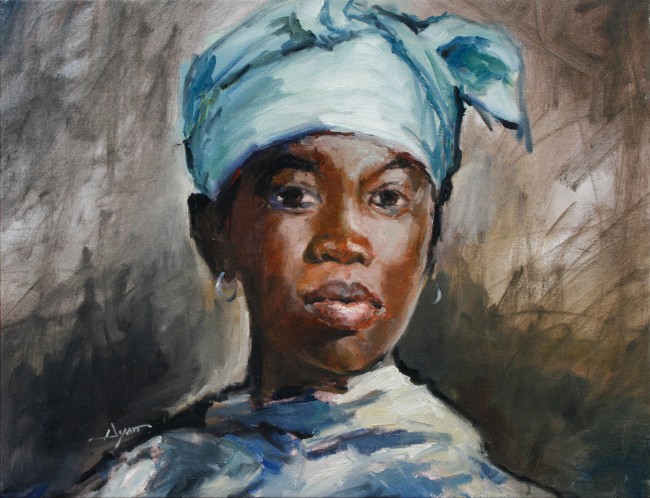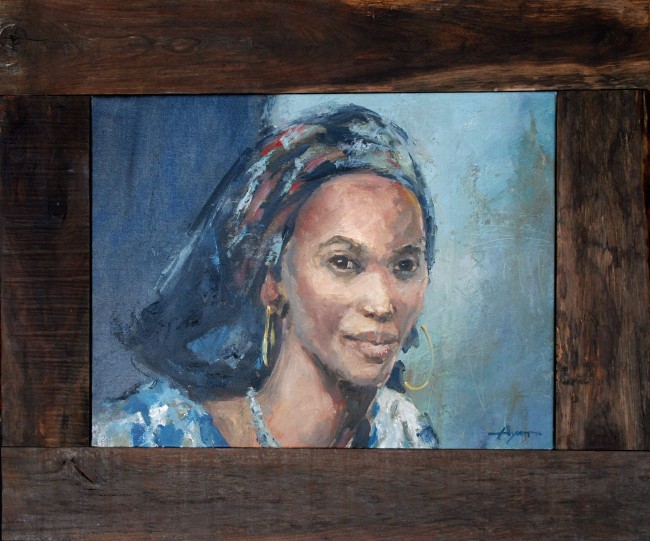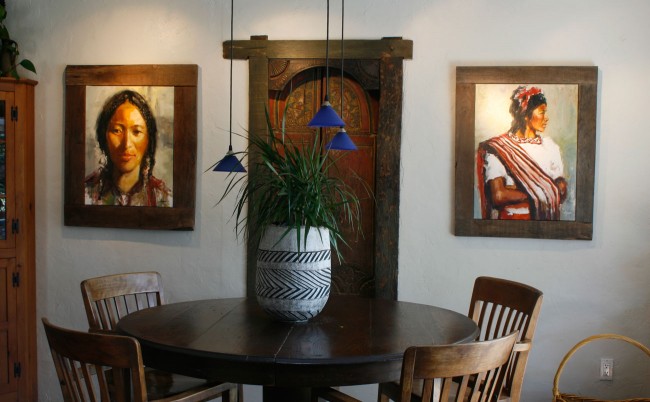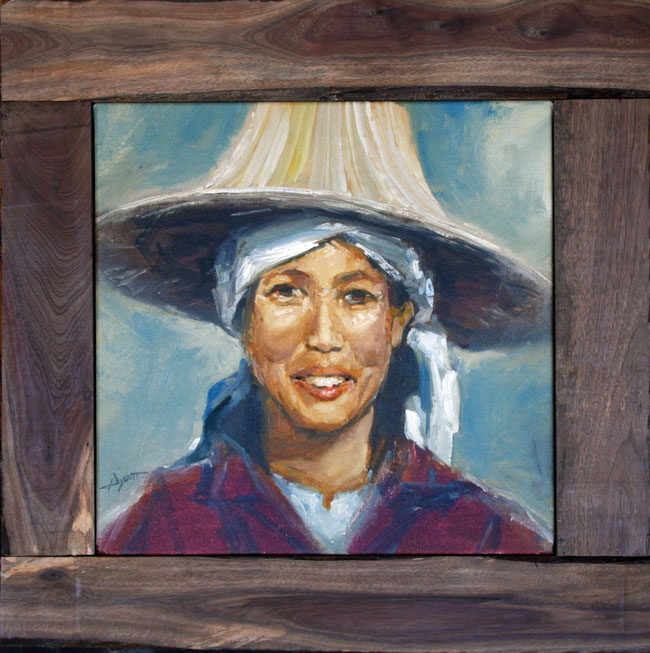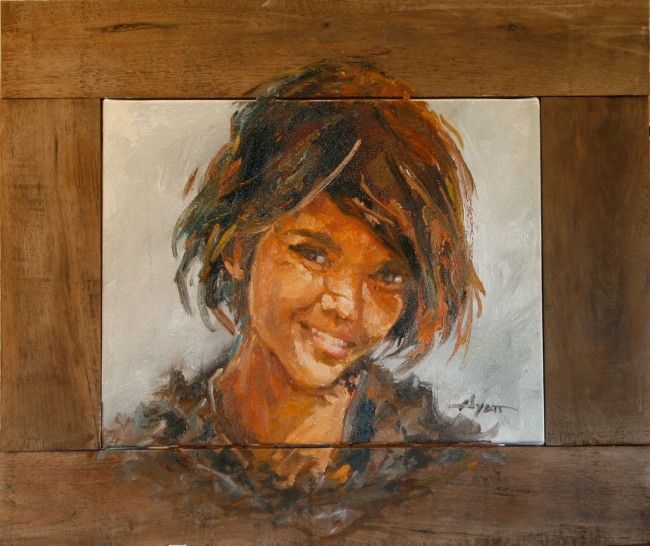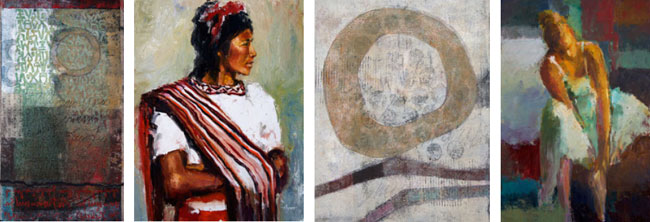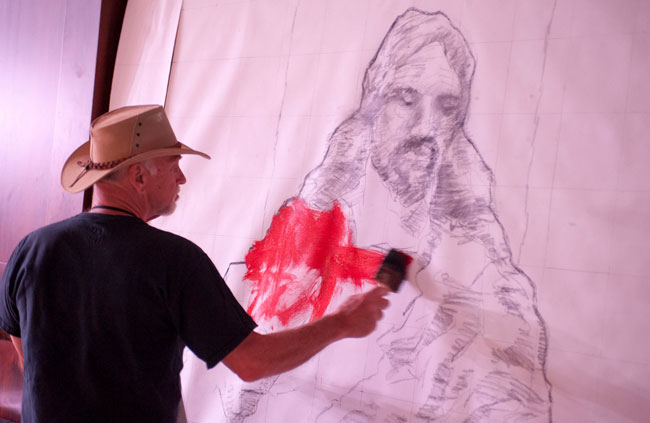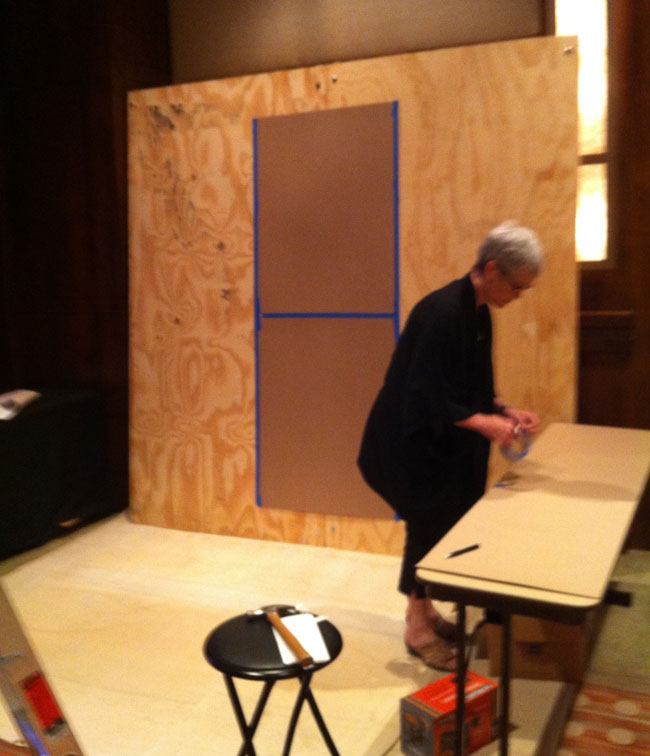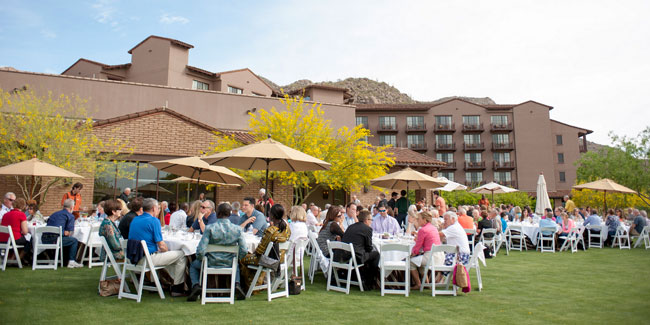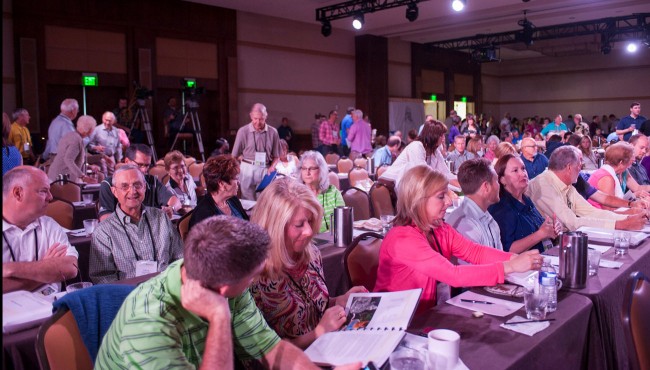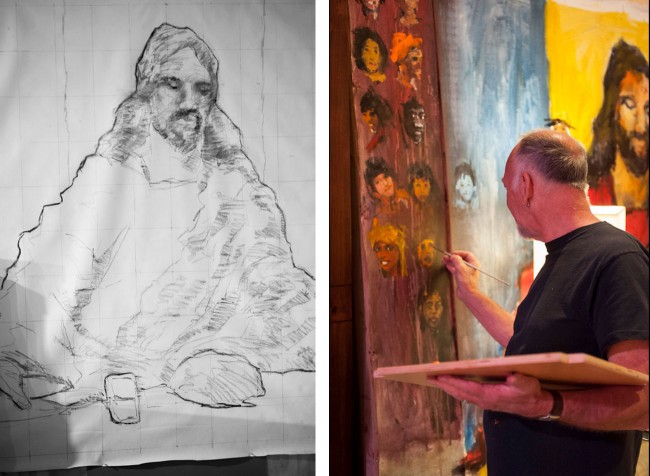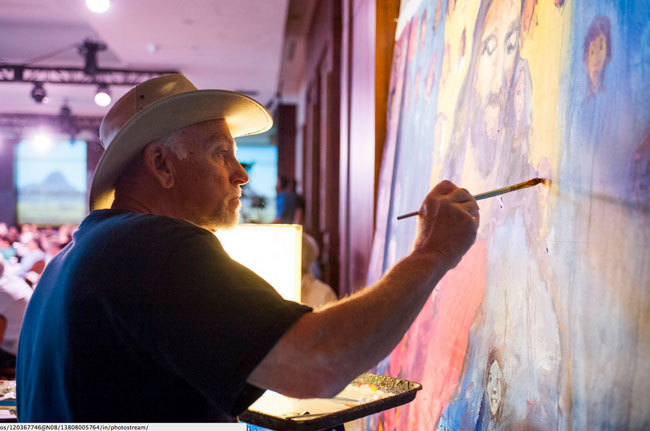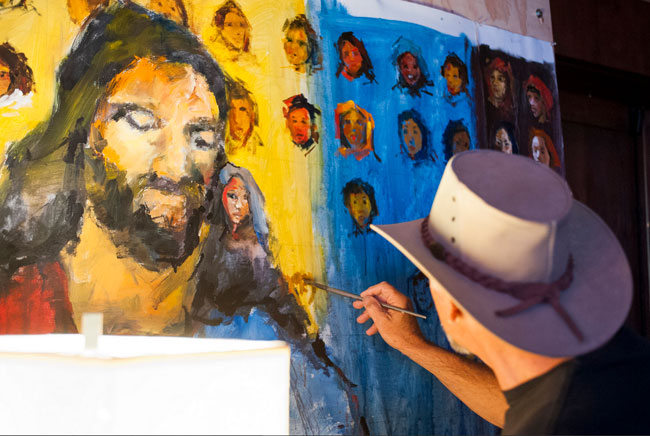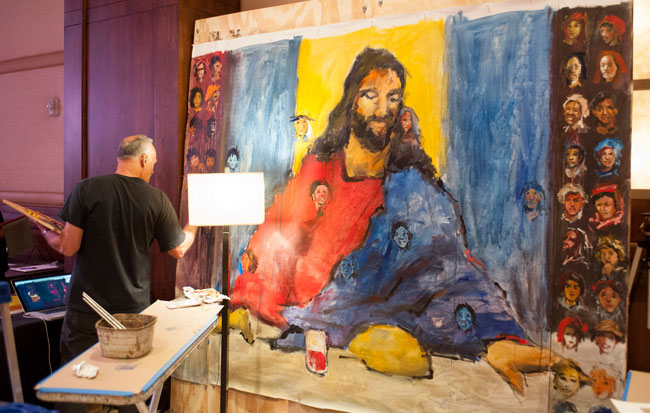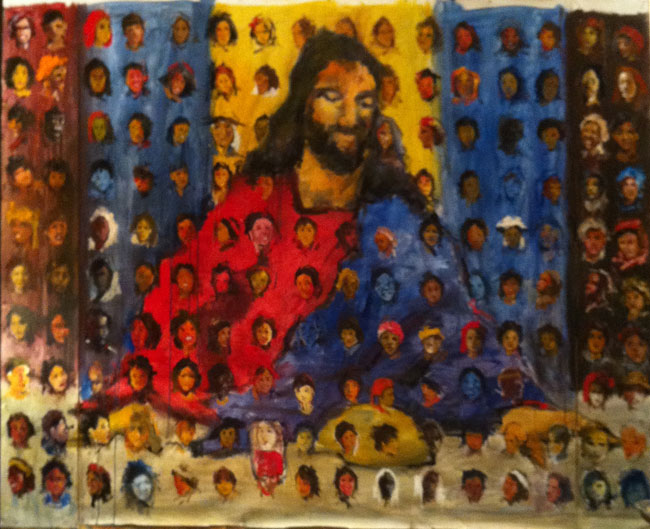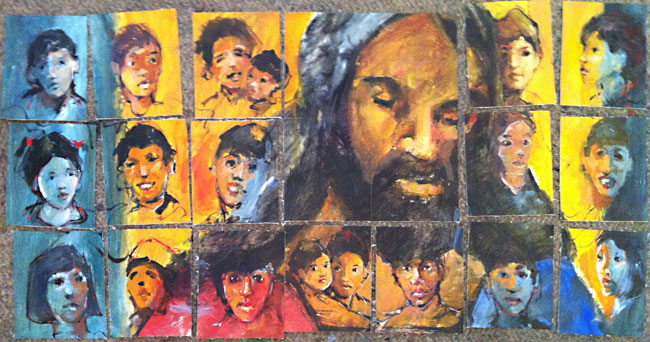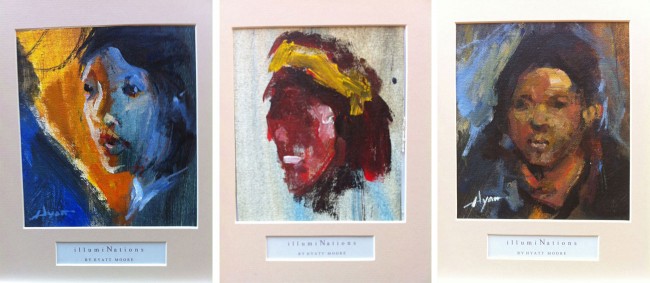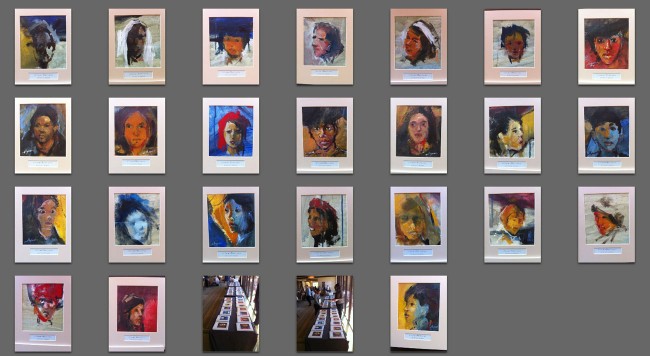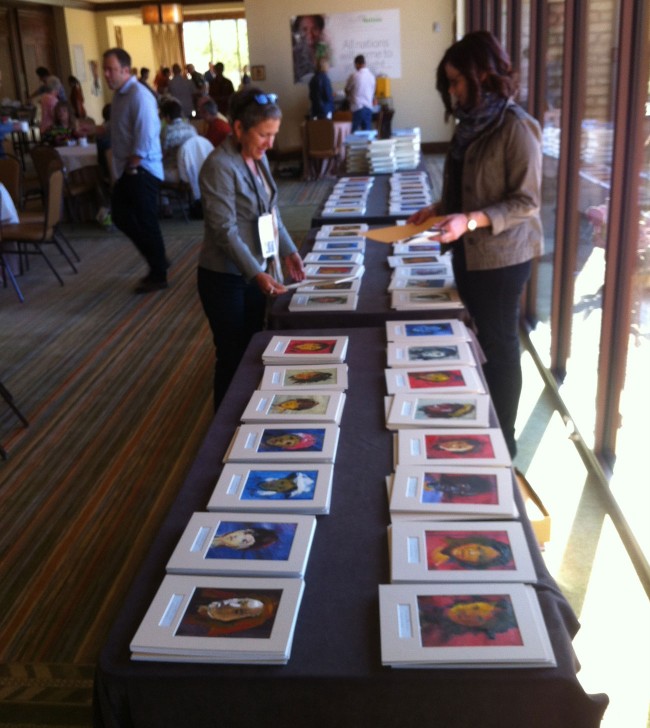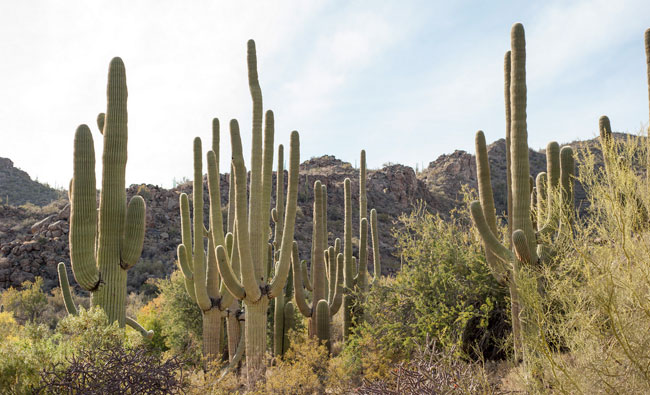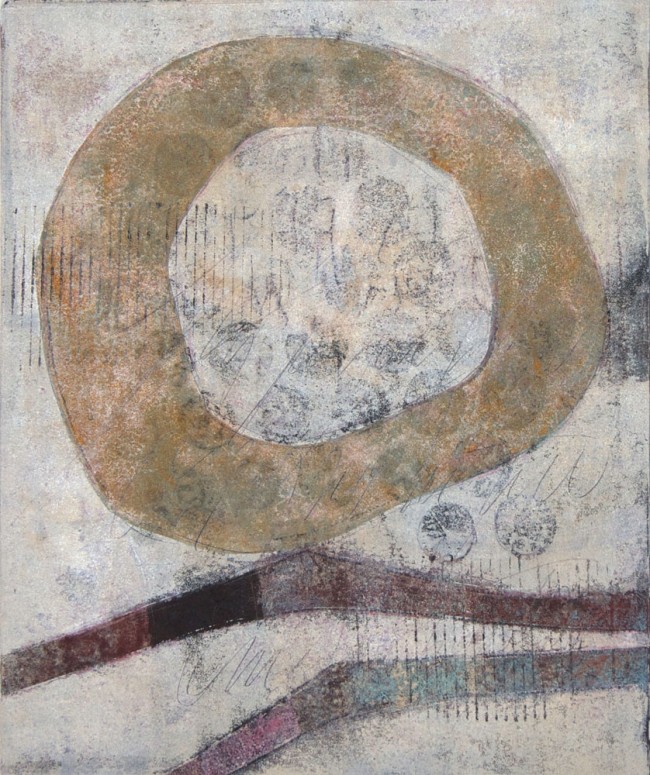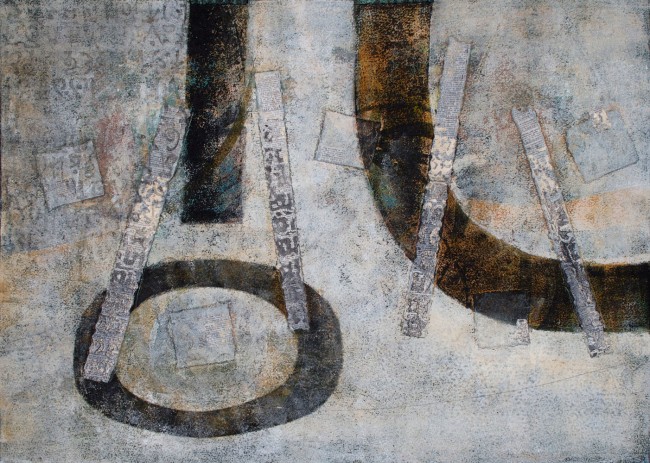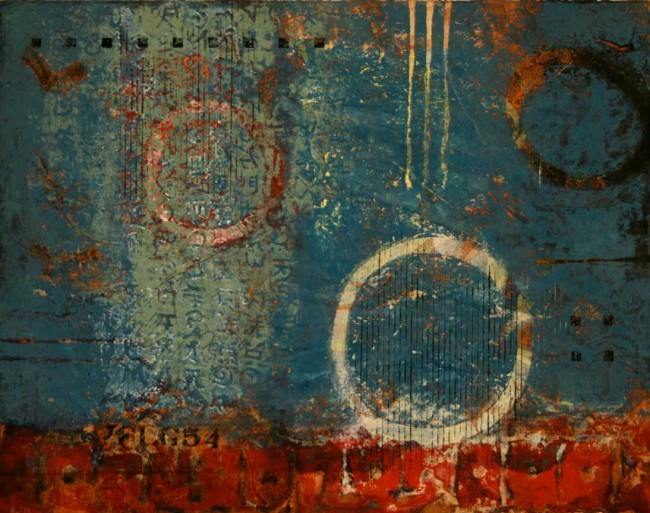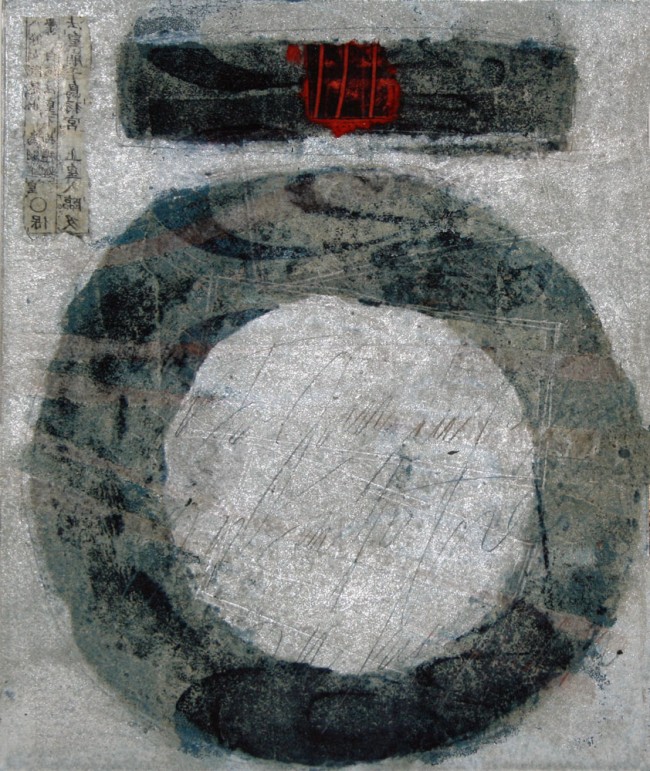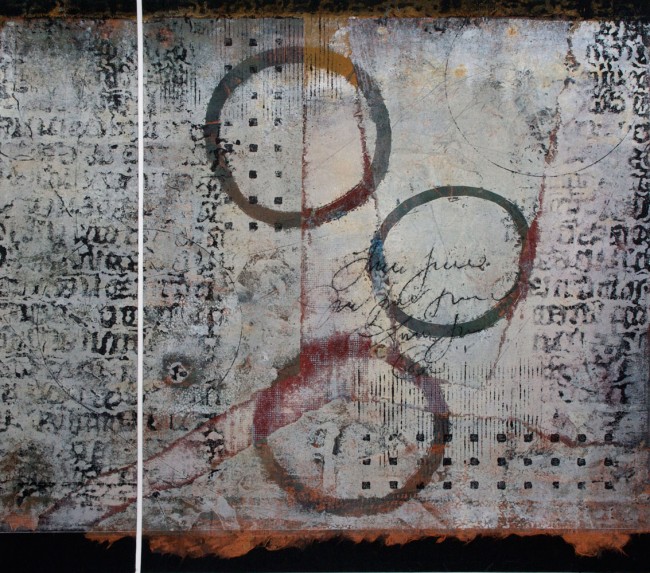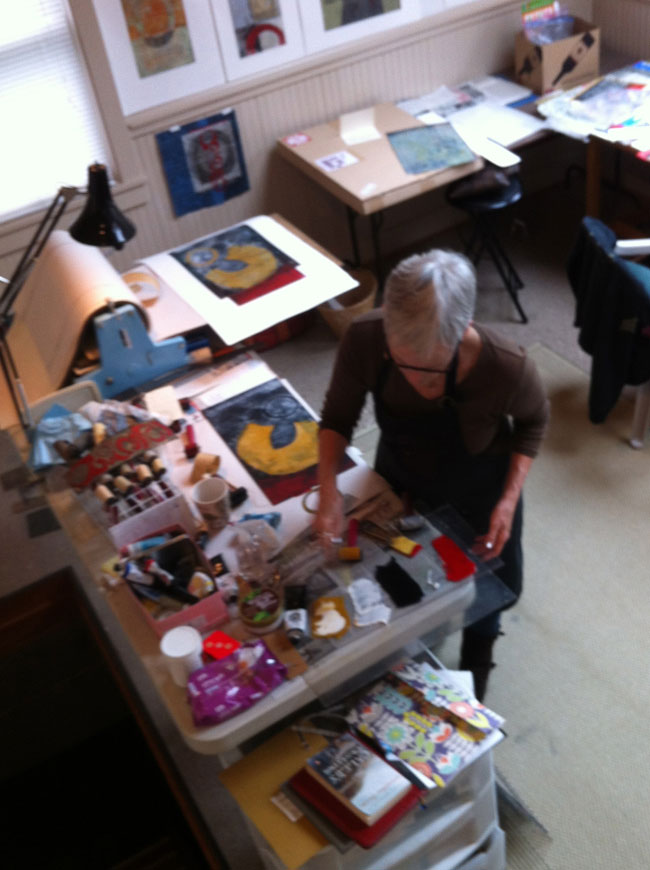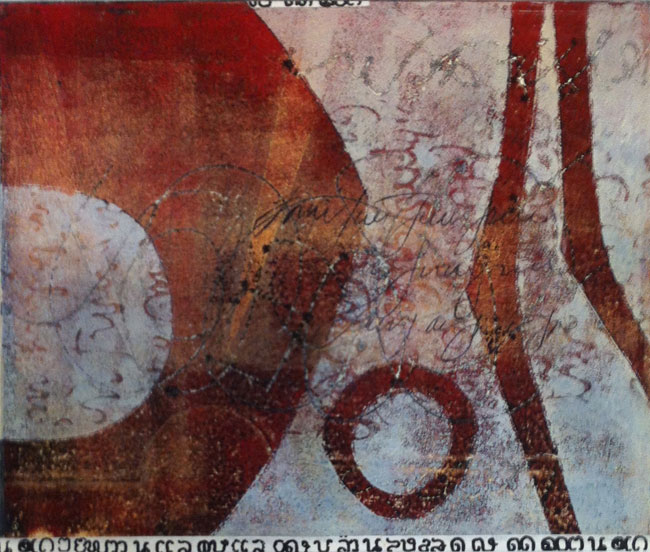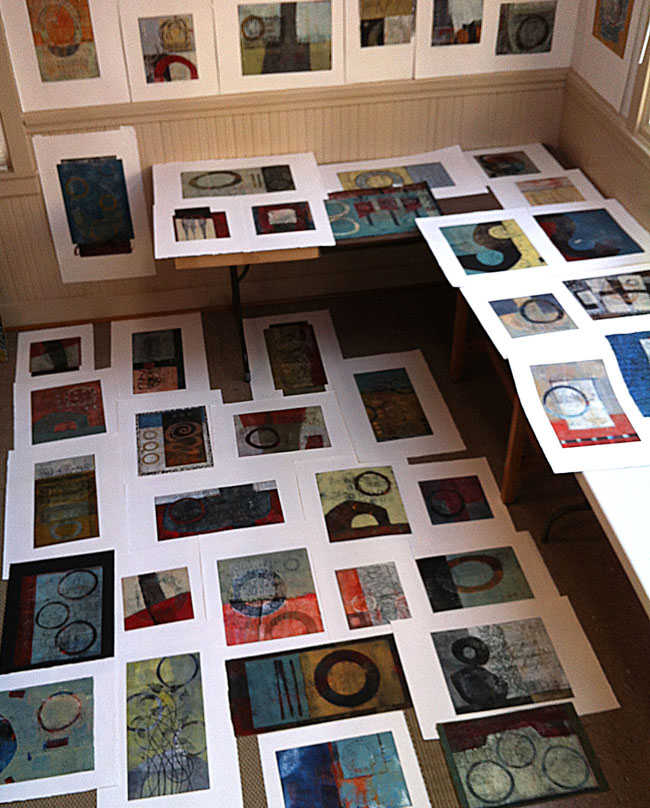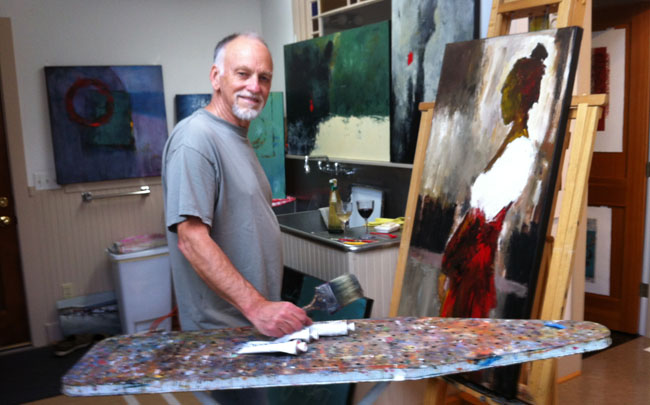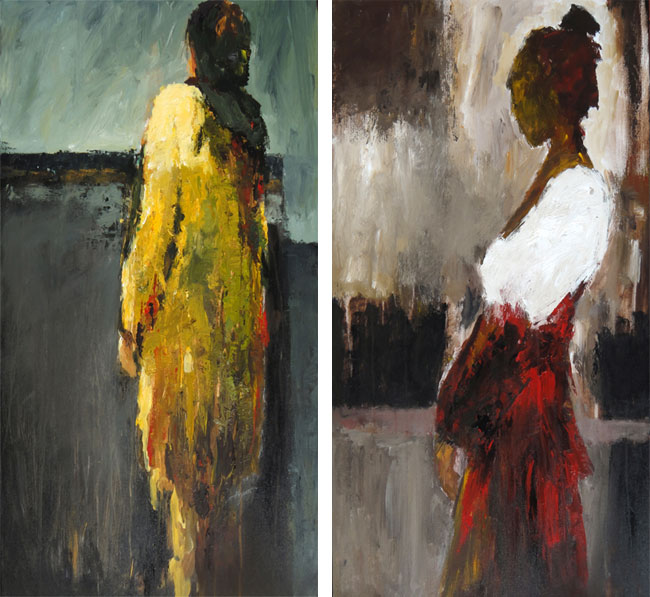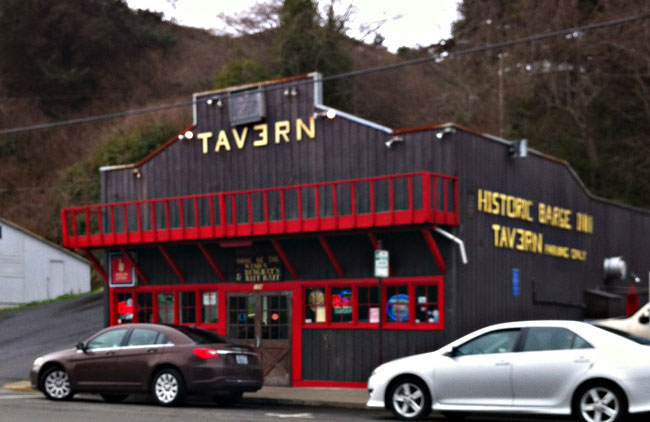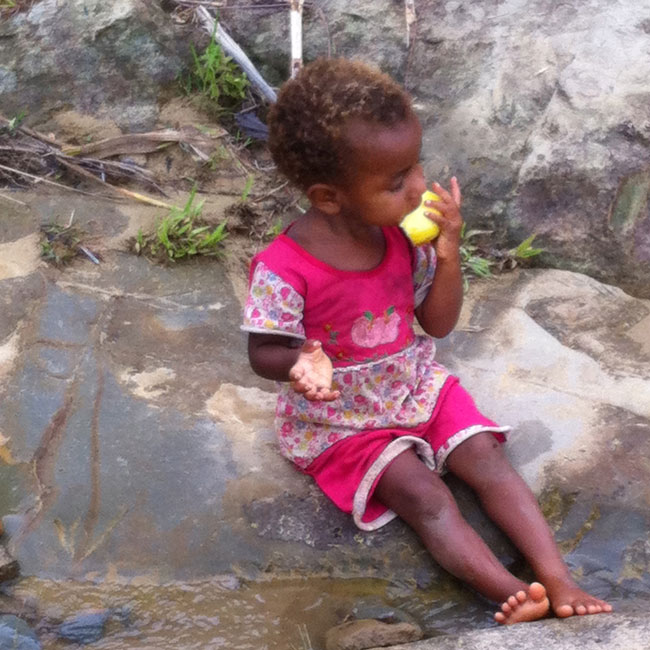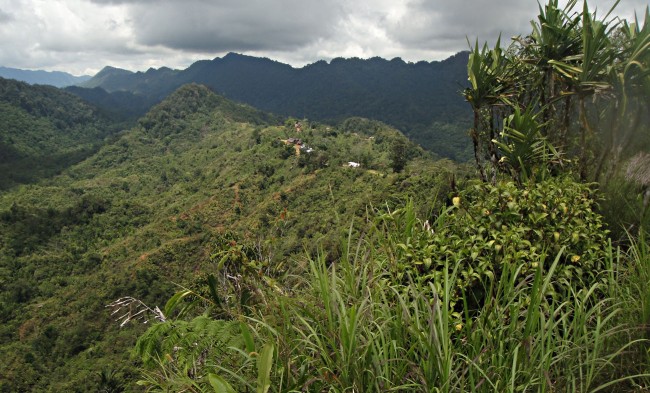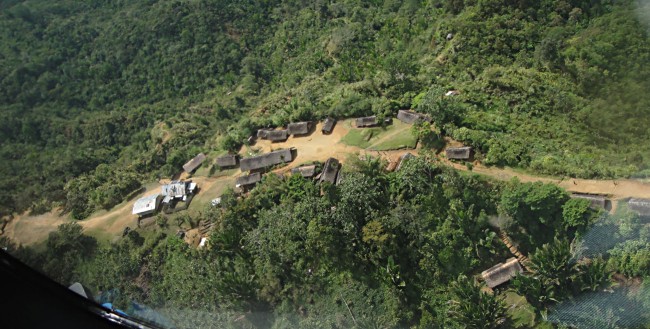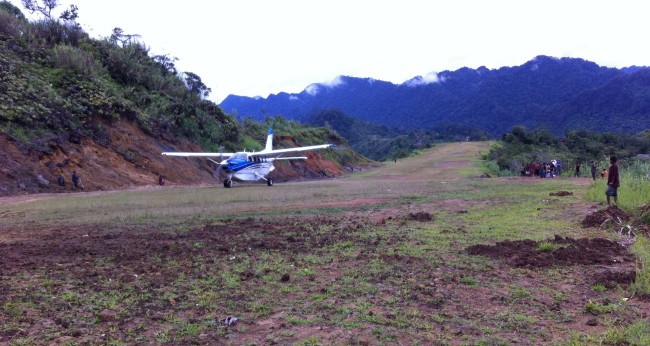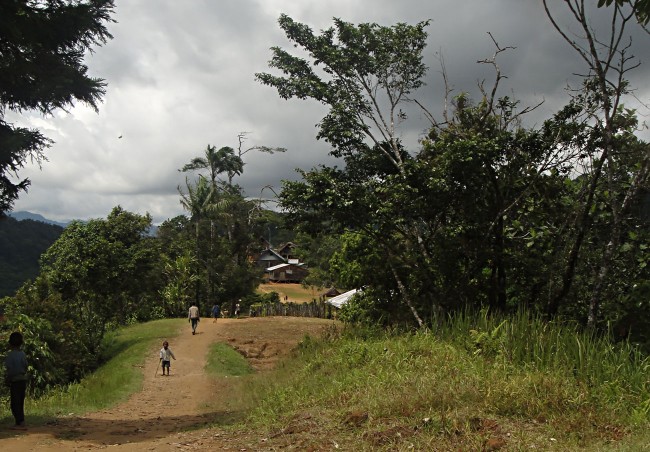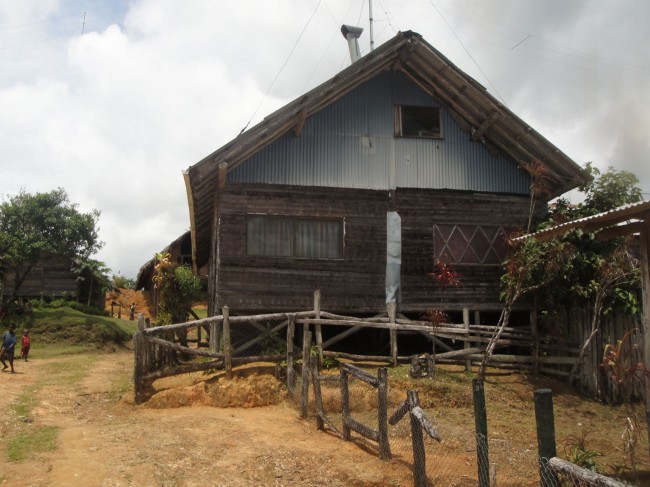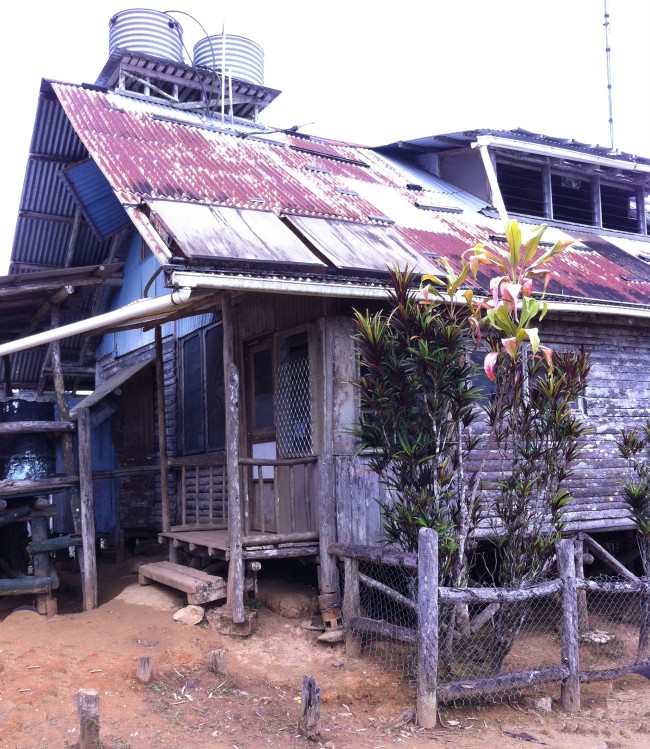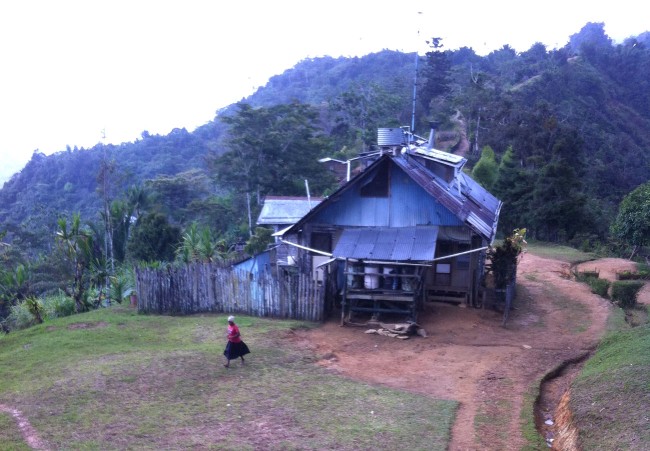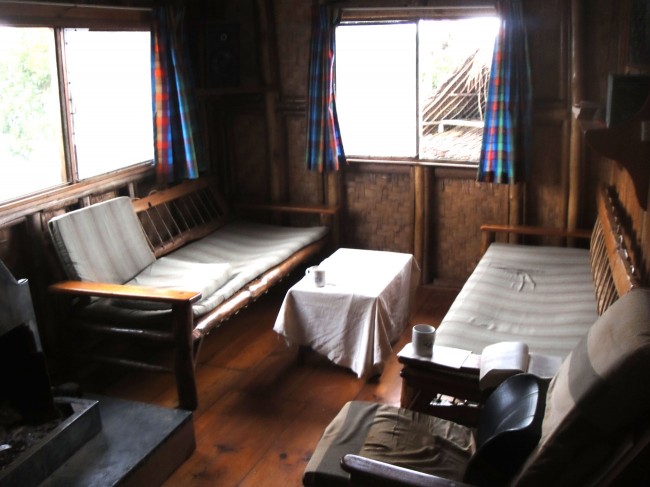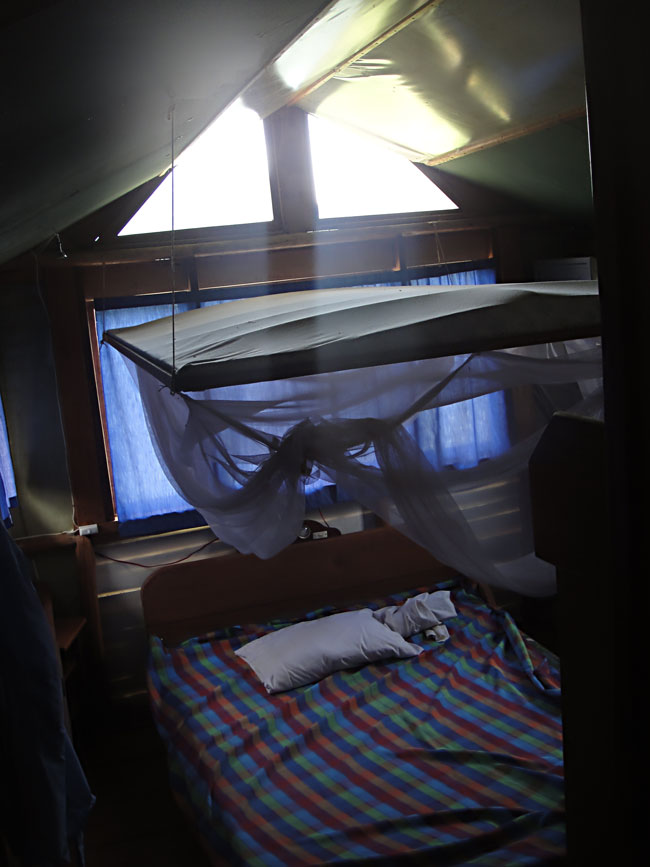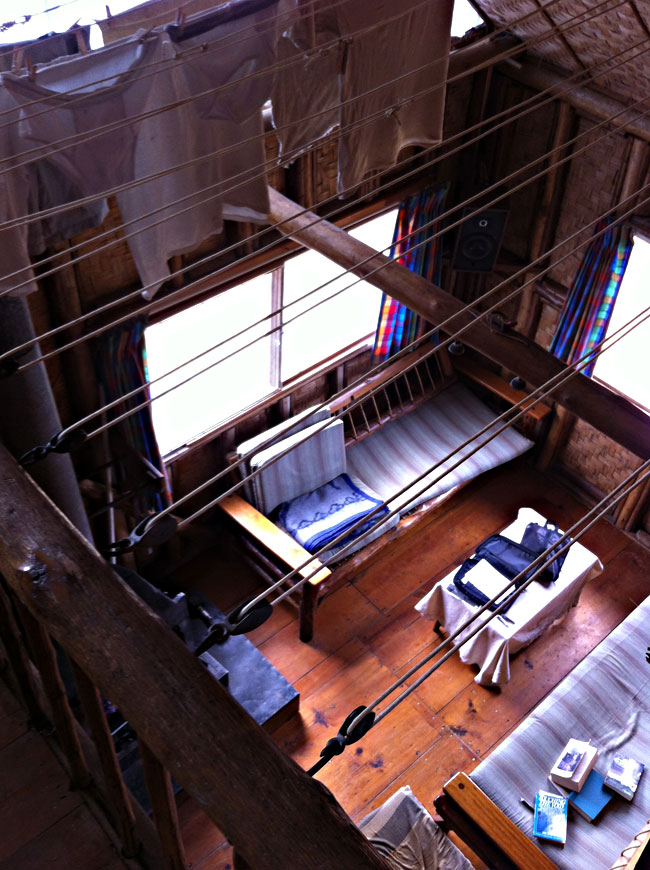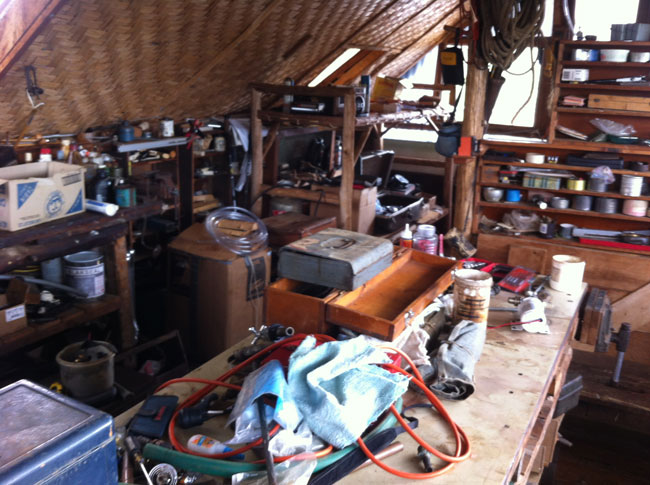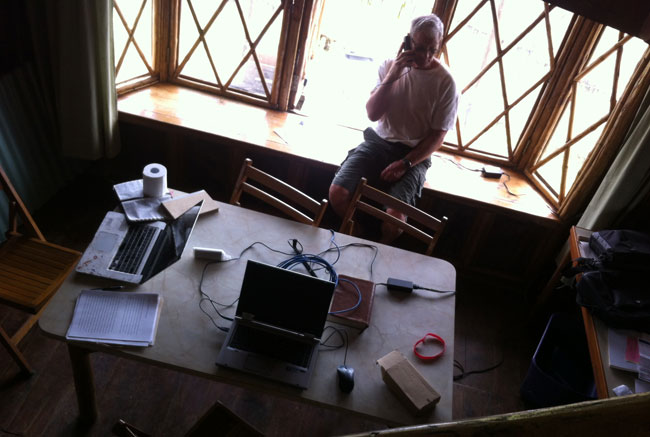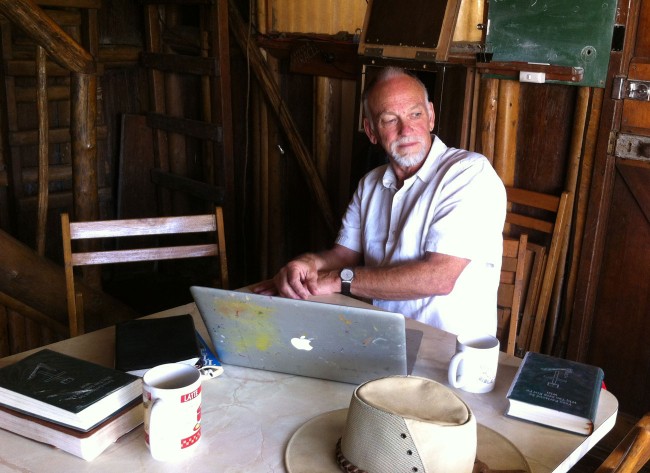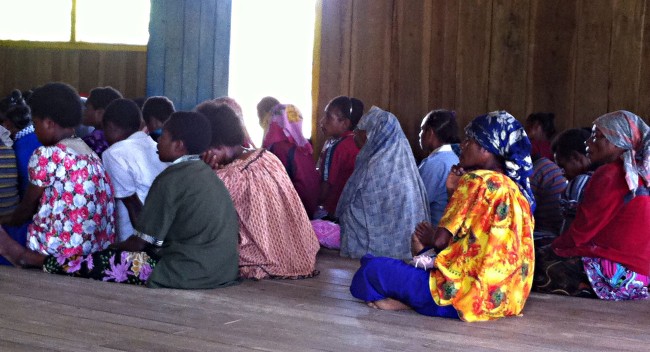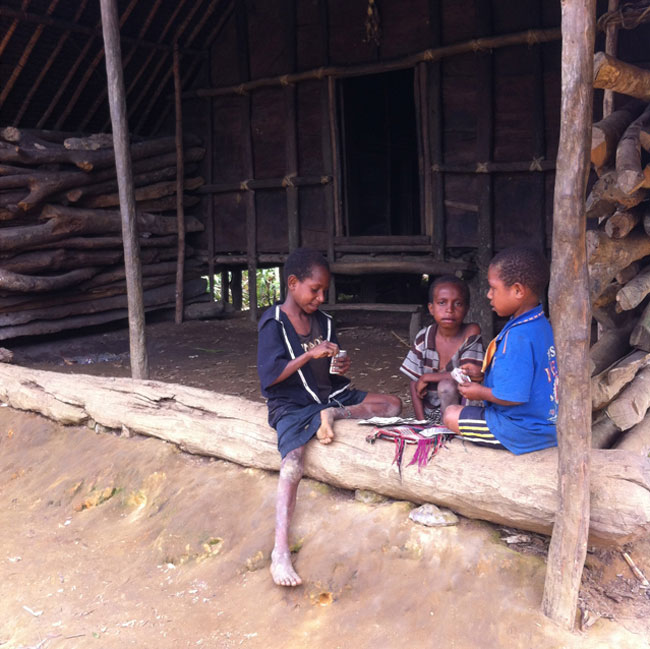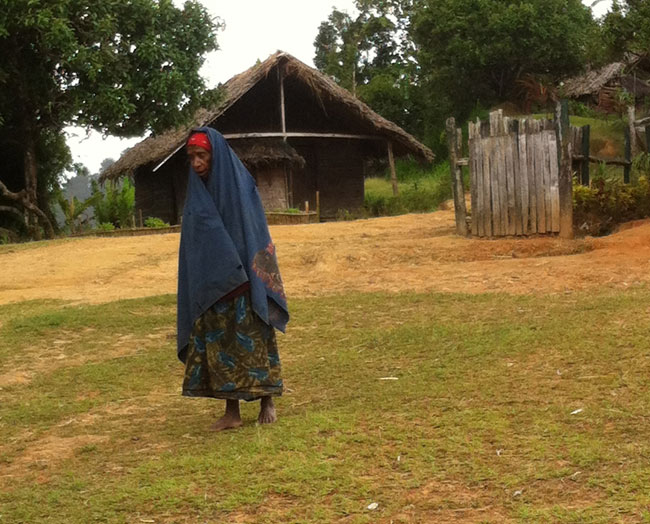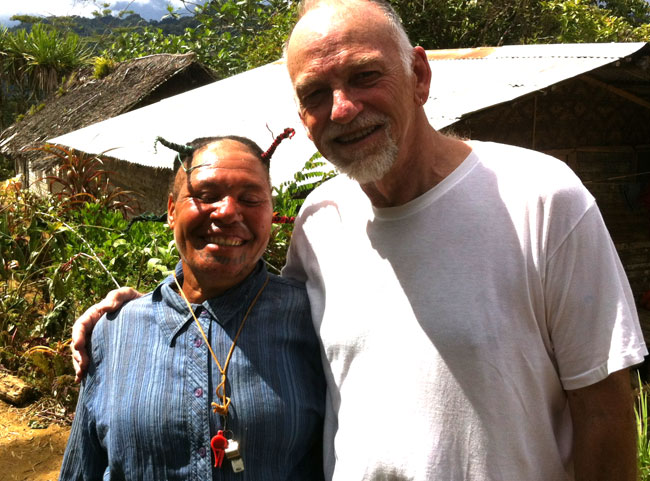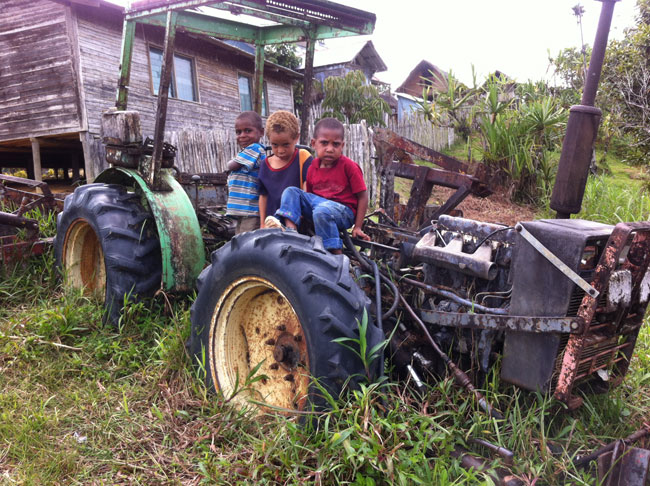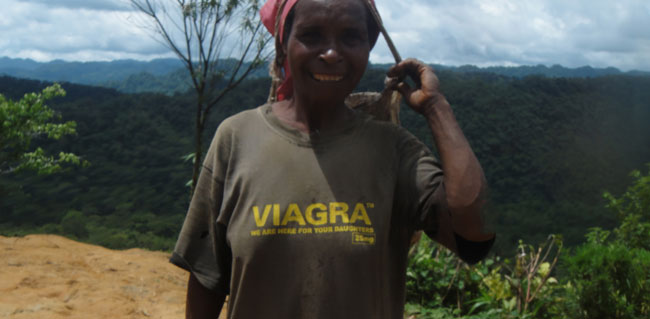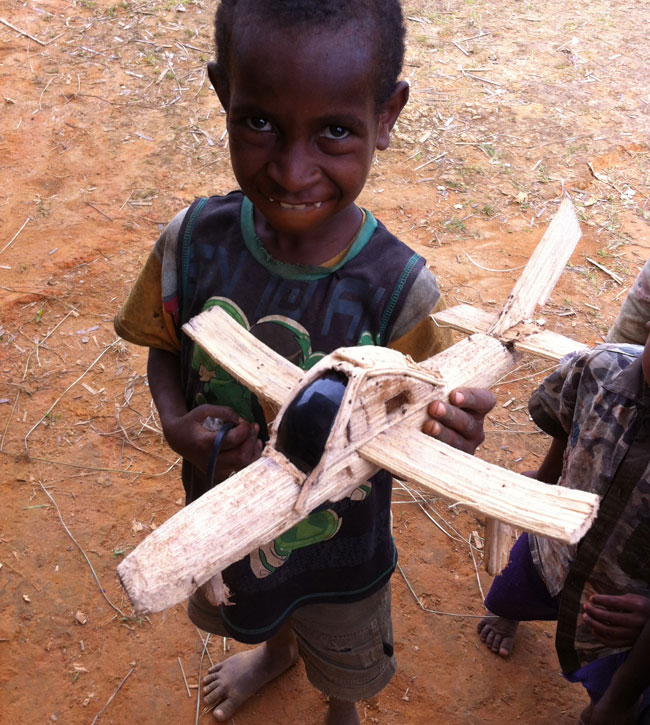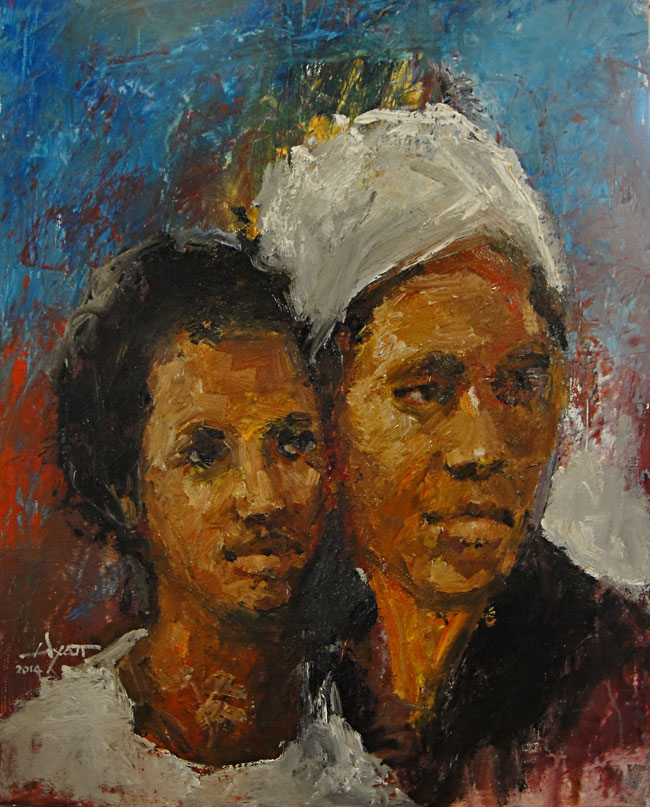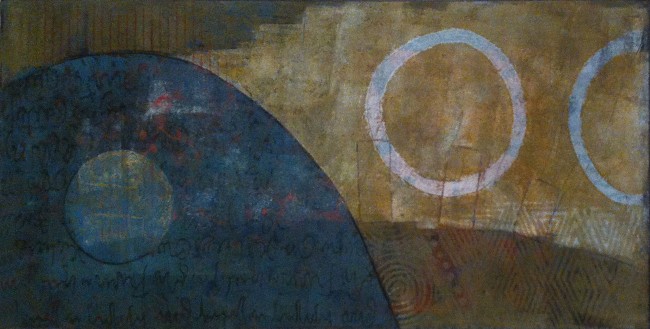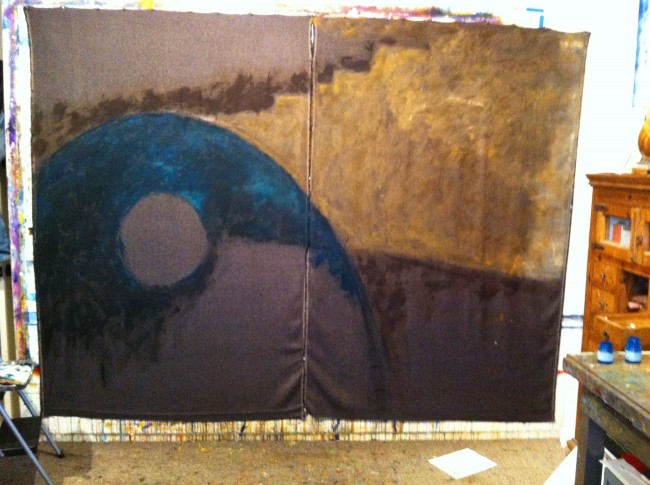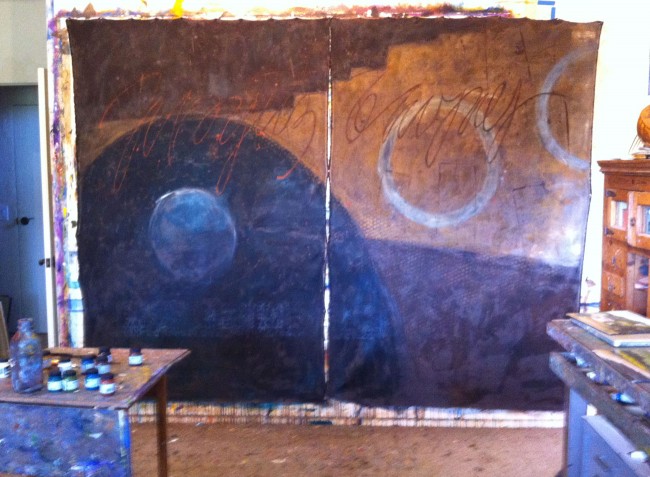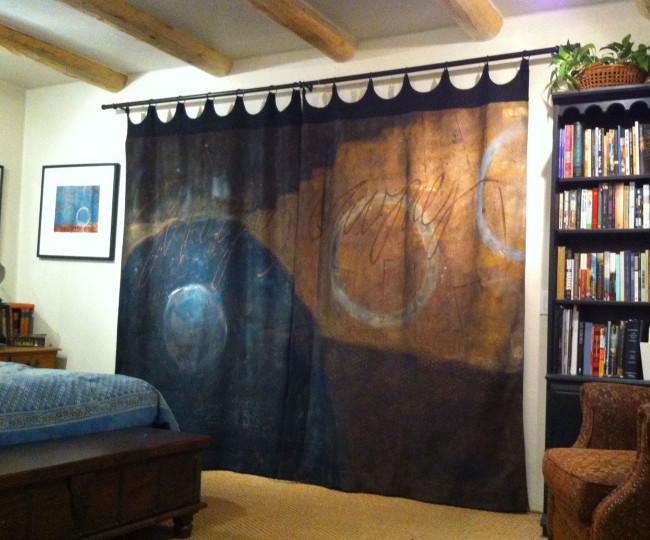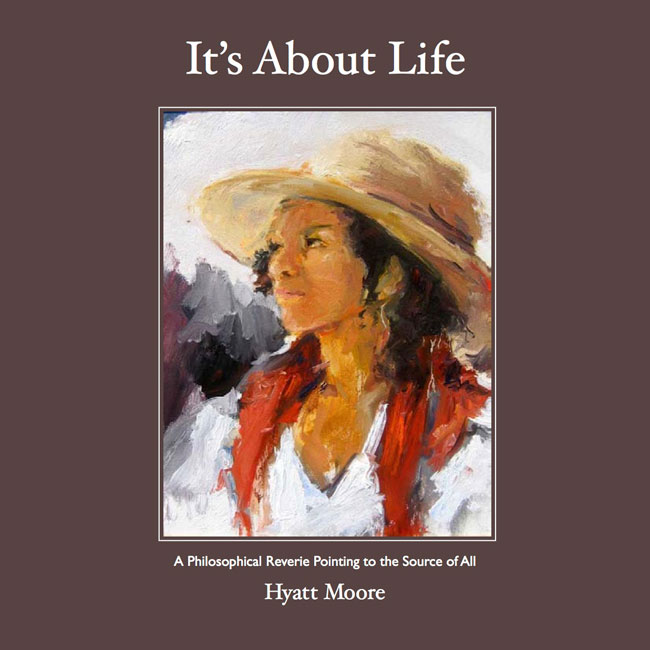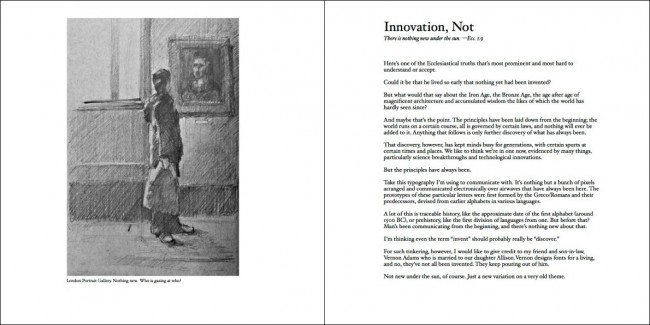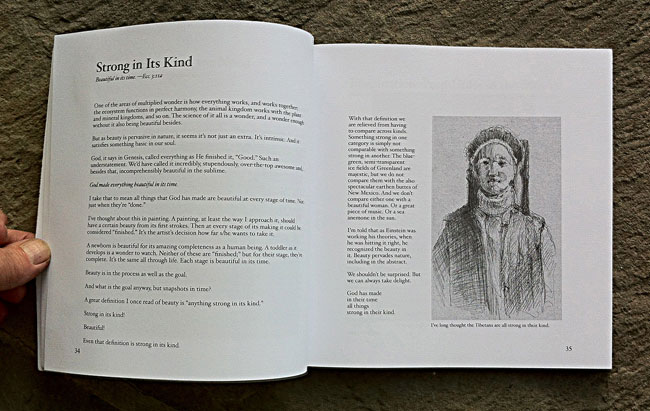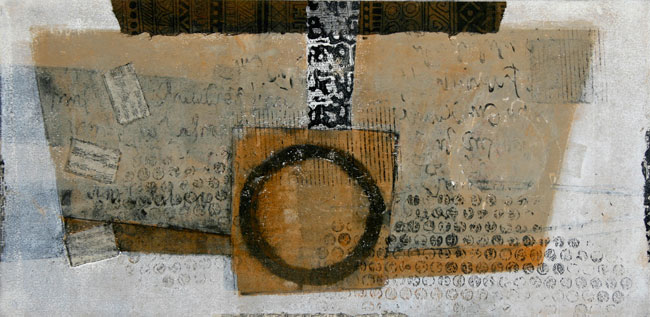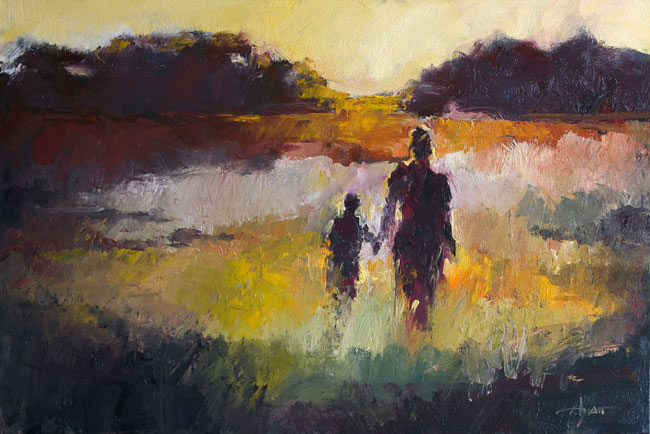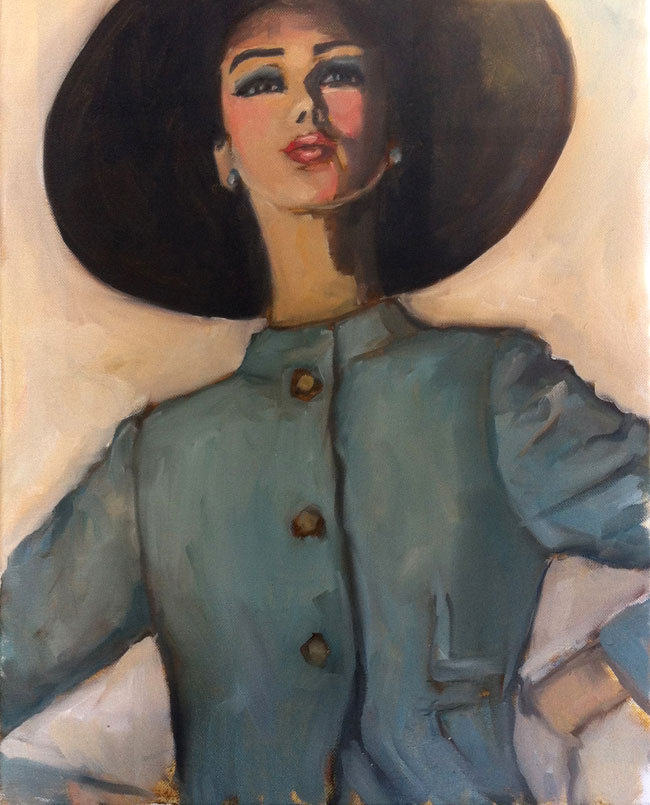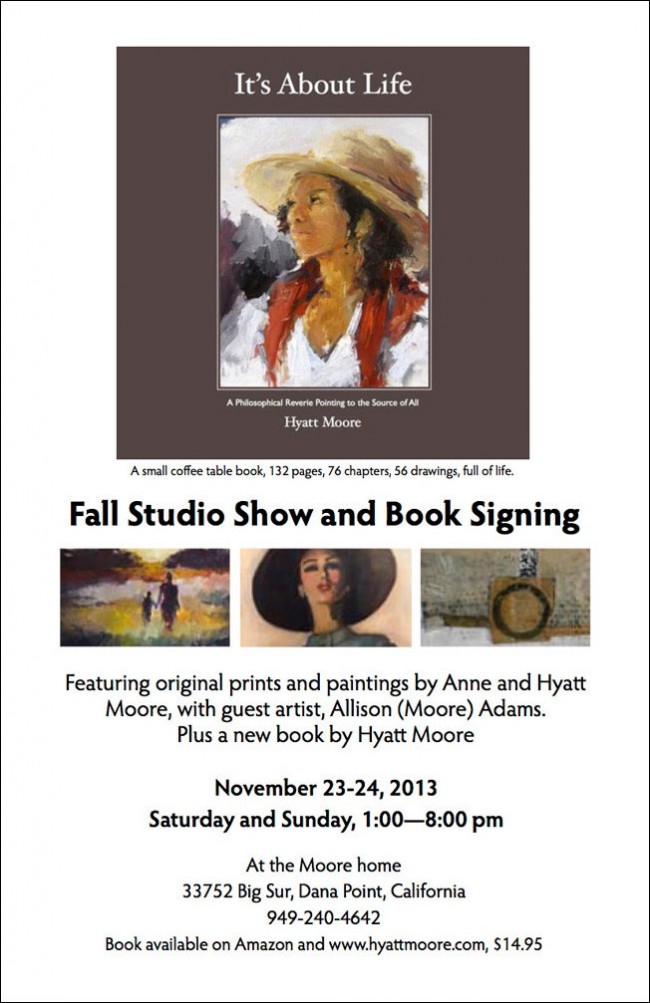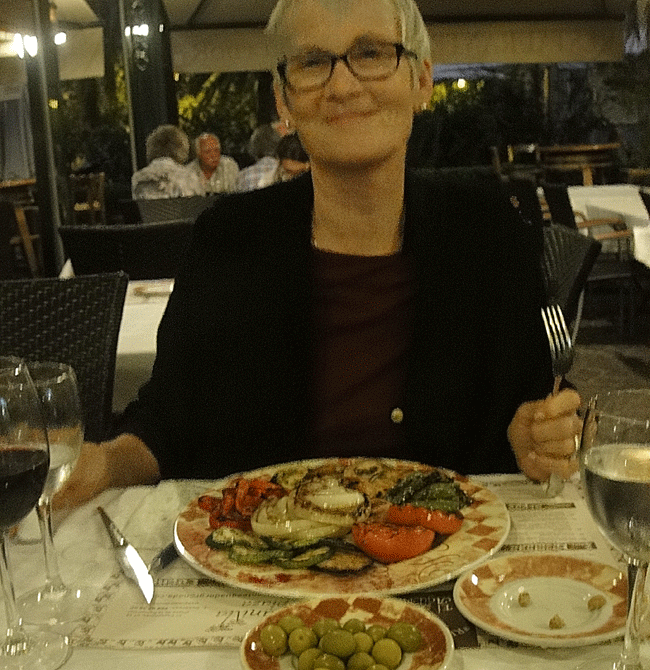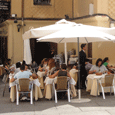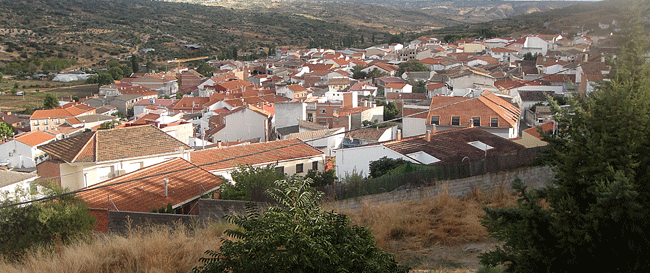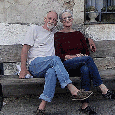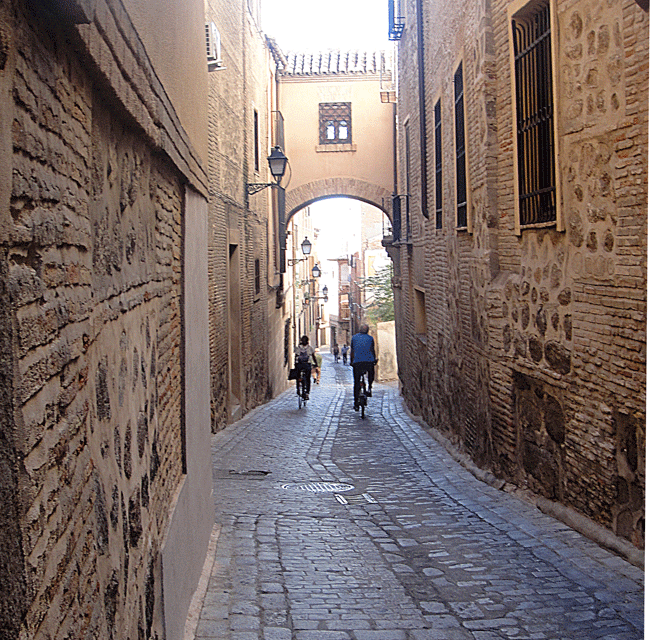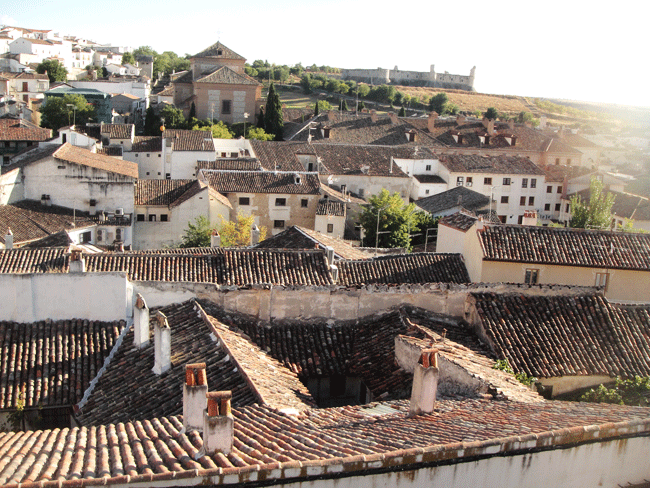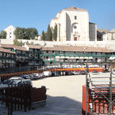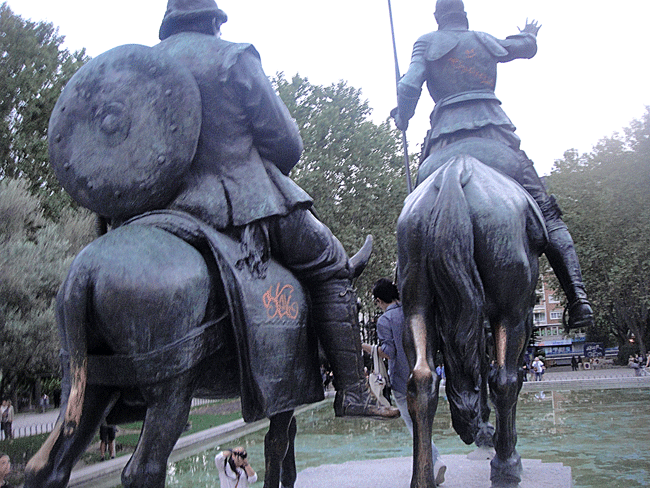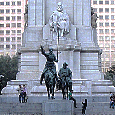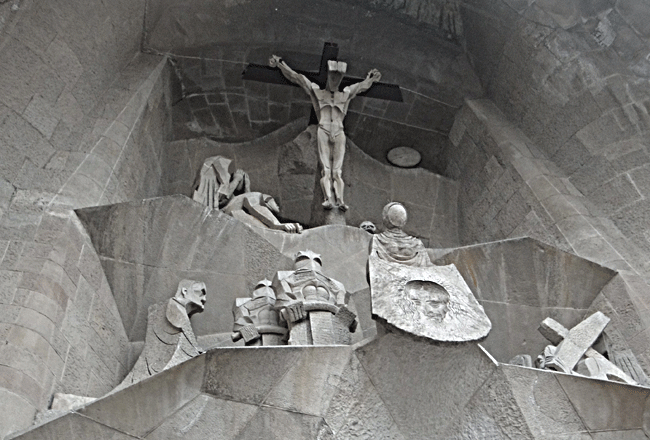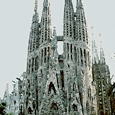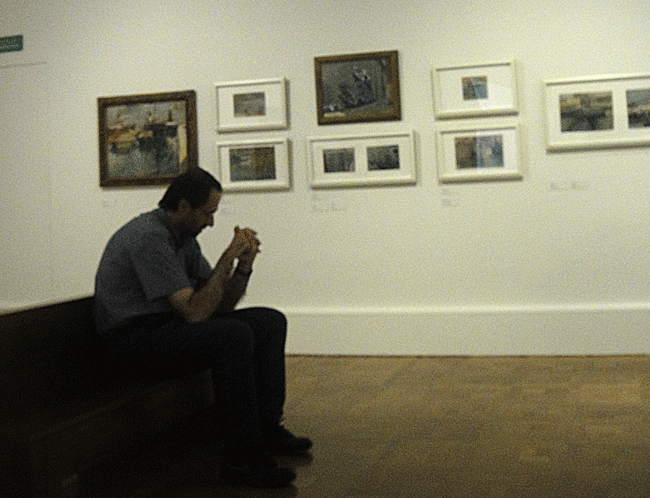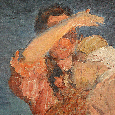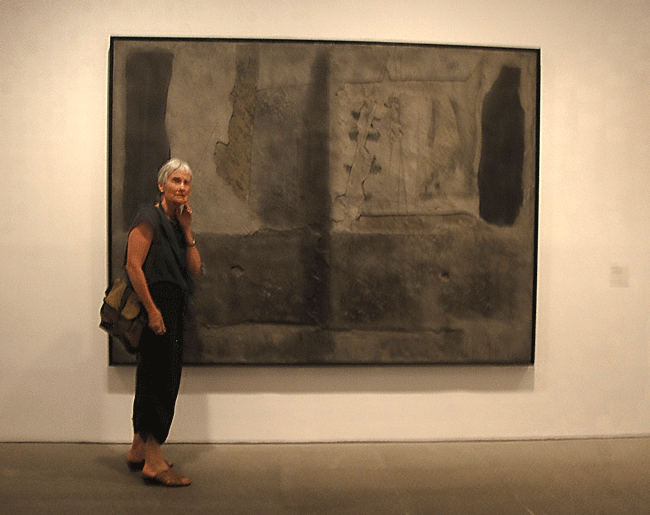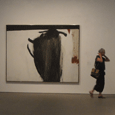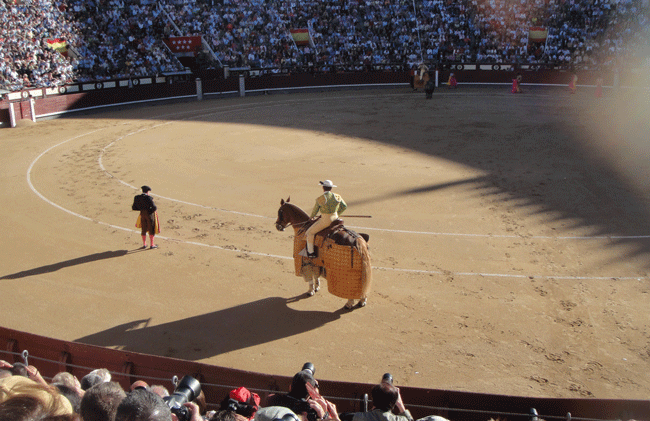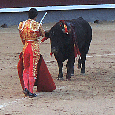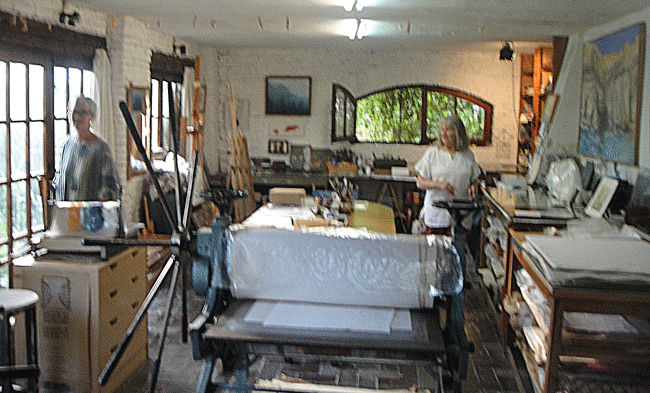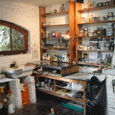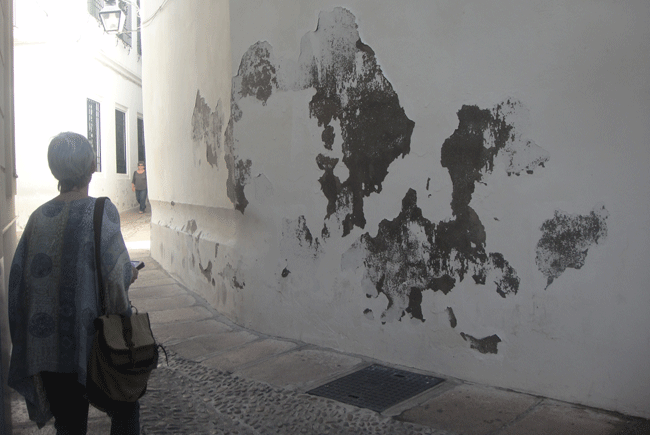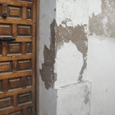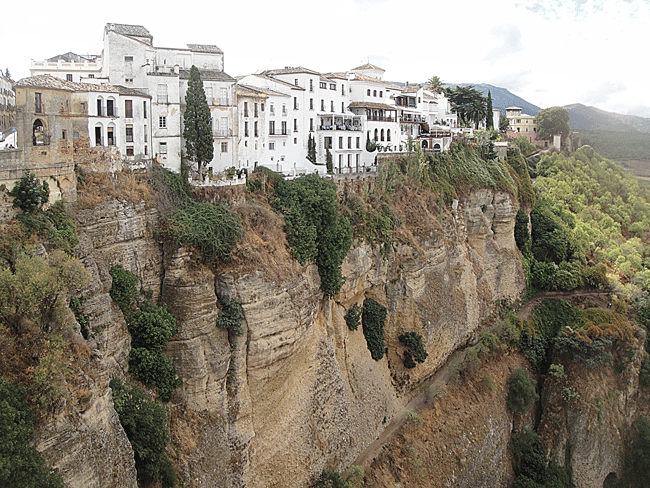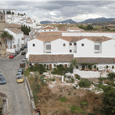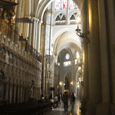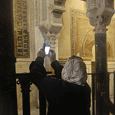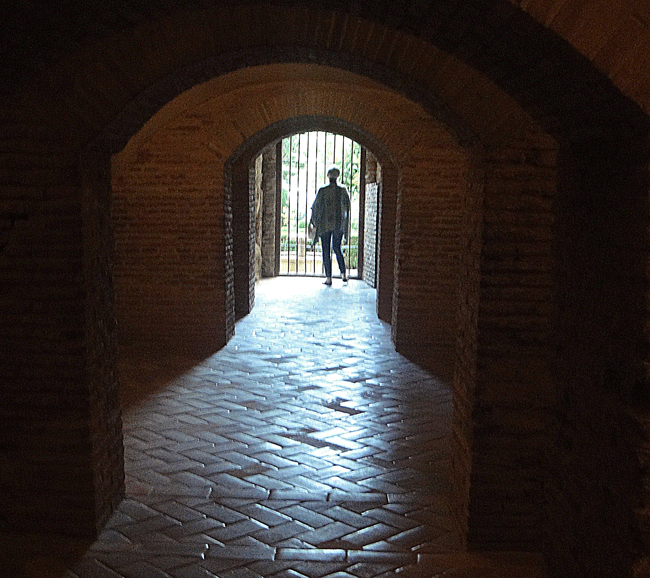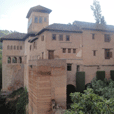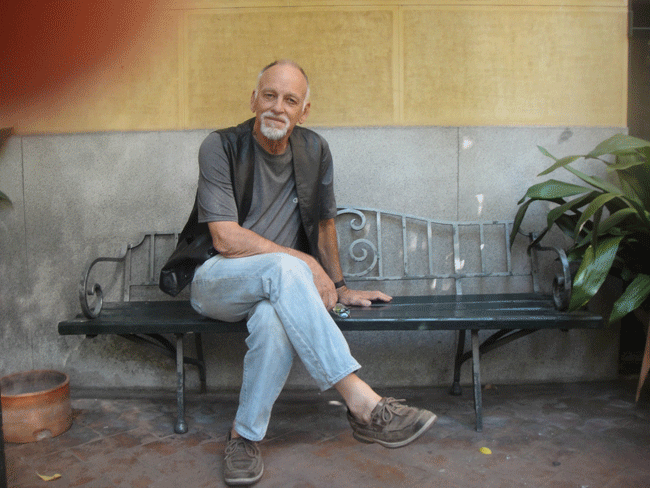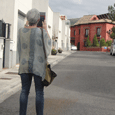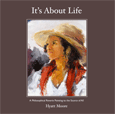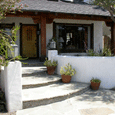I have a lecture I give to art leagues when asked that’s called “How to Start a Painting.” It’s generally well attended, as there are so many ways to start a painting. In fact, I always qualify it with, “It’s how I start a painting . . . these days . . . sometimes.” The following two model painting sessions will give a quick look at how I do it.
These days.
Sometimes.
I started with red, this time, just because. Red is a warm color and won’t make mud when I go over it with another color. At first, it’s all about design, getting the right placement on the canvas.
These are oil paintings, all wet on wet, alla prima. There’s no preliminary drawing, just blocking in with fairly fat brushes.
The idea is to start loose and then go gradually tighter, quitting before it gets too tight. Adding the other colors over the red means putting them on pretty thick, and not mushing them around, which would change the color. Any bits of residual underpainting that remain are delights. Delights of light.
I was pretty happy with how this one turned out. Someone mentioned that I’d forgotten the mouth. And sure enough. But viewers can fill it in. It’s really more about poetry than prose.
With time left in the three-hour session, I moved in a little closer to do a head study. Same approach. Very loose, then tighter, with drawing coming into it toward the middle stages . . . not at the beginning, as people usually think (including artists).
This time I didn’t forget the mouth. The sketchiness is left intentionally, including the unpainted parts. Same with the hair blending into the background. That evening I made yet a third painting, but this gives the idea.
Here is another session, another evening, another model. What doesn’t necessarily show in these photos is the other painters in the room, eight or ten of us, at varying levels. It’s all for practice. I’m not the best, though tend to be the fastest. I’m after a loose style, which can’t happen without a certain abandon. Notice this one started with something of a “stick figure.”
Notice the complete lack of any hard edges or much concern for accuracy at the early stages. Same with a worry about skin color precision.
A few shadow areas define the shapes, those and highlights, particularly for the face. It’s all about getting paint down on the canvas in more or less the right place, then fine tuning, but never over-stressing.
I was amused that the model, on her break, came over and photographed my painting. Often models will ask for an additional $10 if you take their photo. When she pulled out her camera I said, “That’ll be ten dollars.” (Just kidding.)
Once again I wanted to paint a second, and of just the face. This one started out a bit more “gross” than most and I had little confidence at first that it was going to come together . . . but, full speed ahead.
I was using gessoed wood that evening, and it took the paint a little different than canvas. Notice the texture, drips, the strength of the strokes. Normally I do the mid-colors first, then the darks, and the lights last. For acrylic it can be any order; but for oil this works best. (For me.) (Sometimes.)
In the end the thought came to give the model a painting. They see themselves painted so often, but rarely get one for themselves. I offered her the choice. She took the first one, the full figure. I can understand that; my version of her face wasn’t exactly complimentary, but I though it was the better painting (so we were both happy).
Per usual, I packed up early and went home to watch a video with Anne. As I said, it’s all for practice.
Heading for Wyoming
Speaking of packing up and spending time with Anne, this next month will have us in Wyoming. We’ll be in Jackson Hole where I’ve been invited to give a workshop. And we’ve also been invited to spend a week in the studio of our hostess, doing art. We’ll do tourist things too, and check out the abundant galleries. No doubt I’ll be reporting on all this in a future blog.
I’ve also been working on another book. More about that to come as well.
Keep living artfully. And never stress. Your art will be better. (And more fun.)
